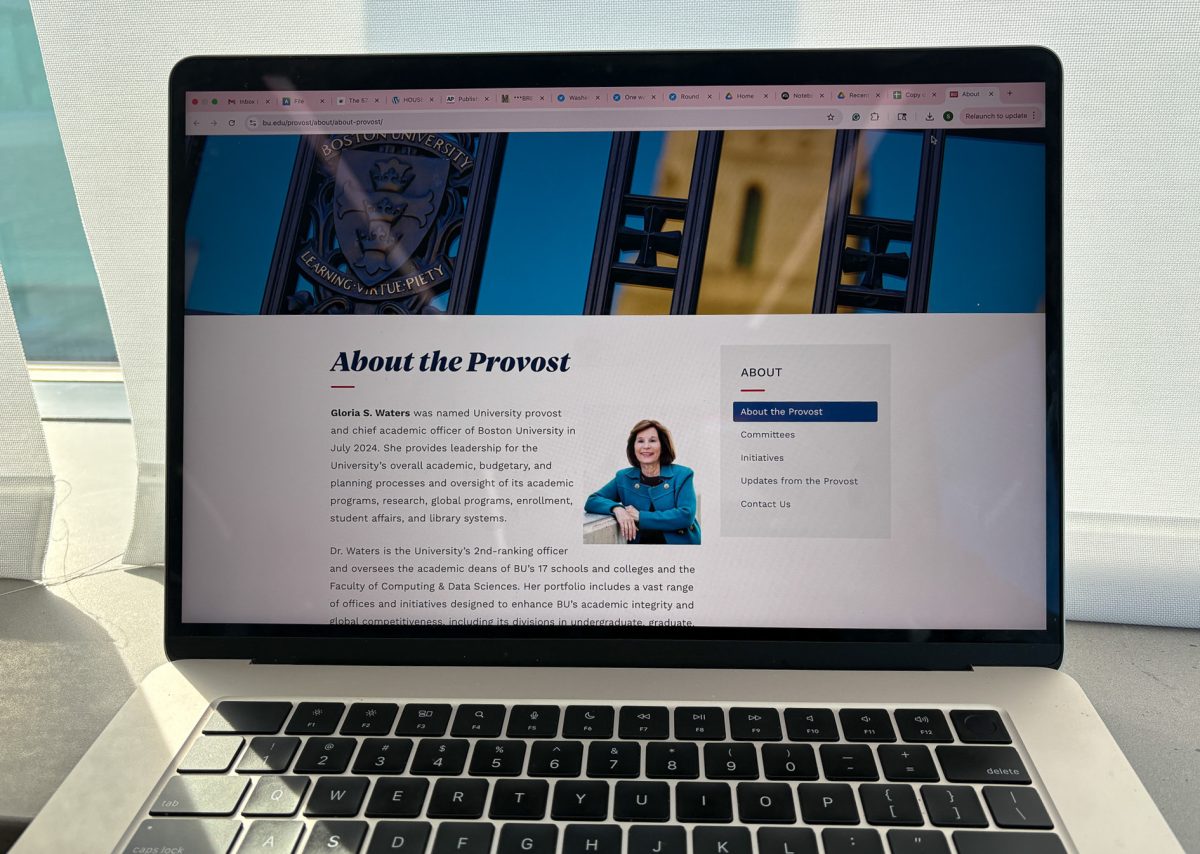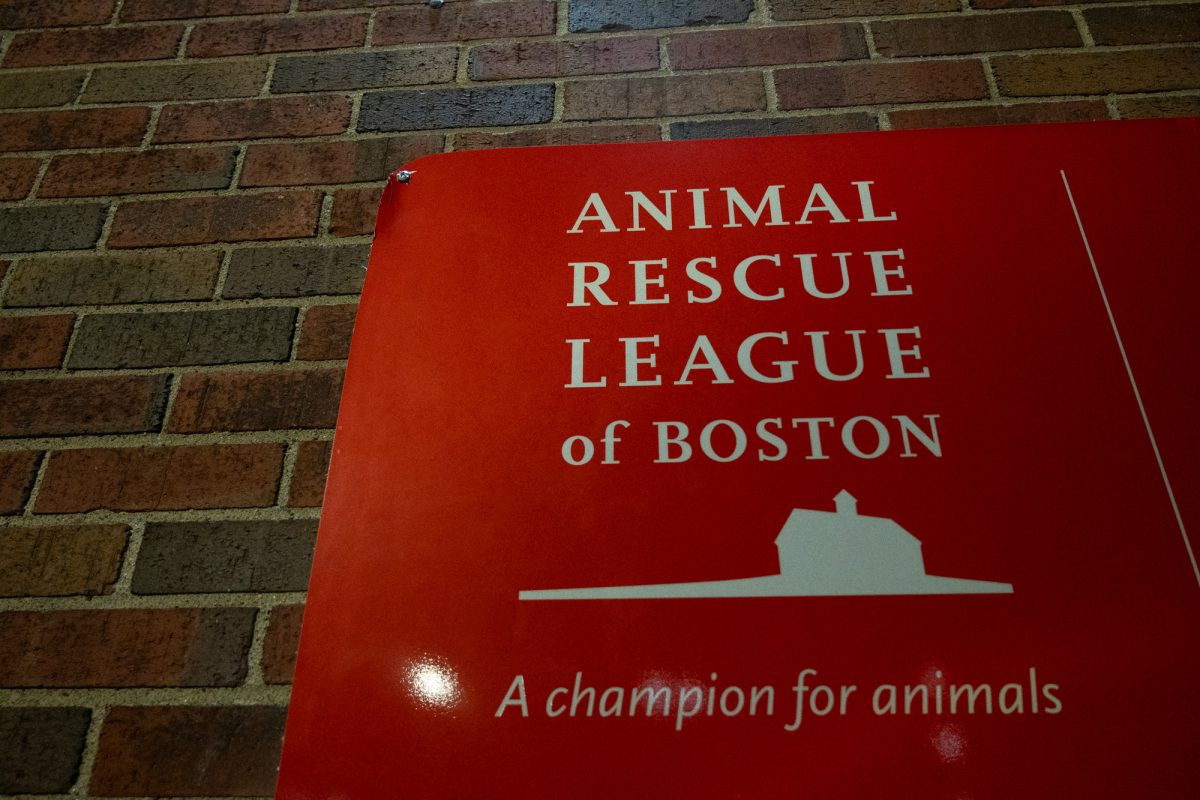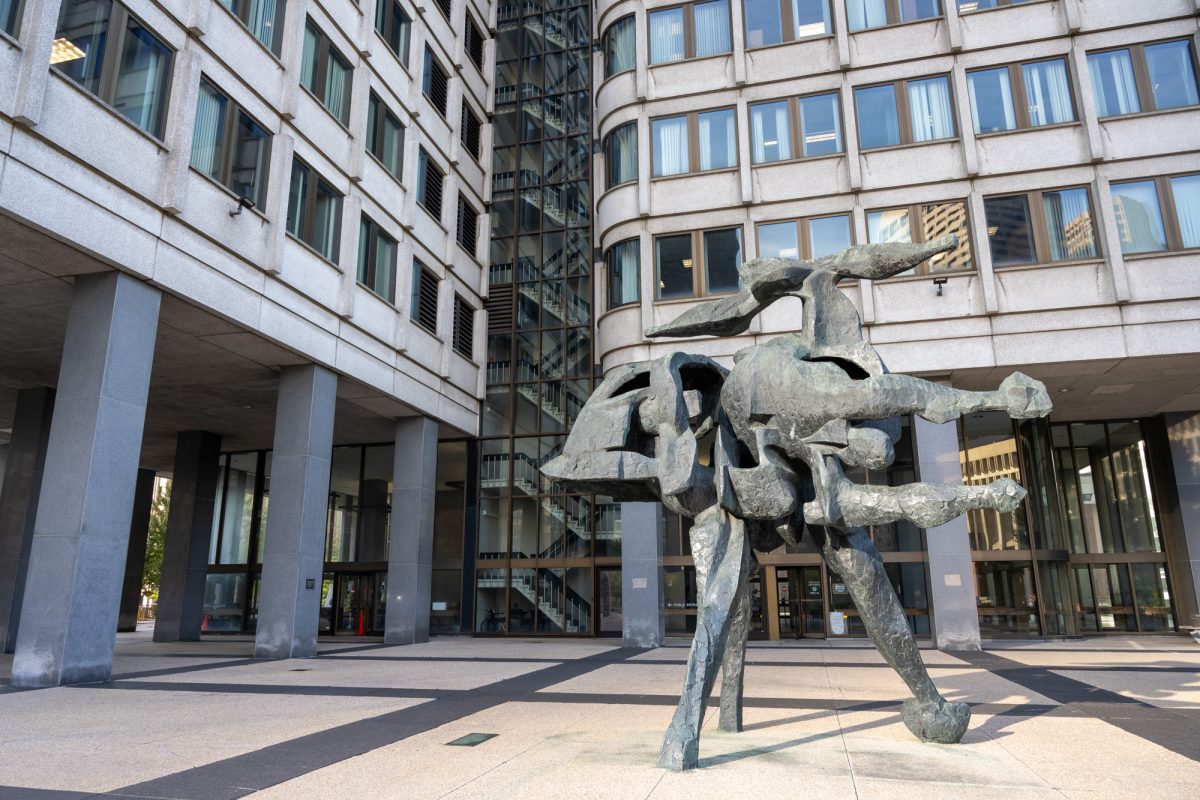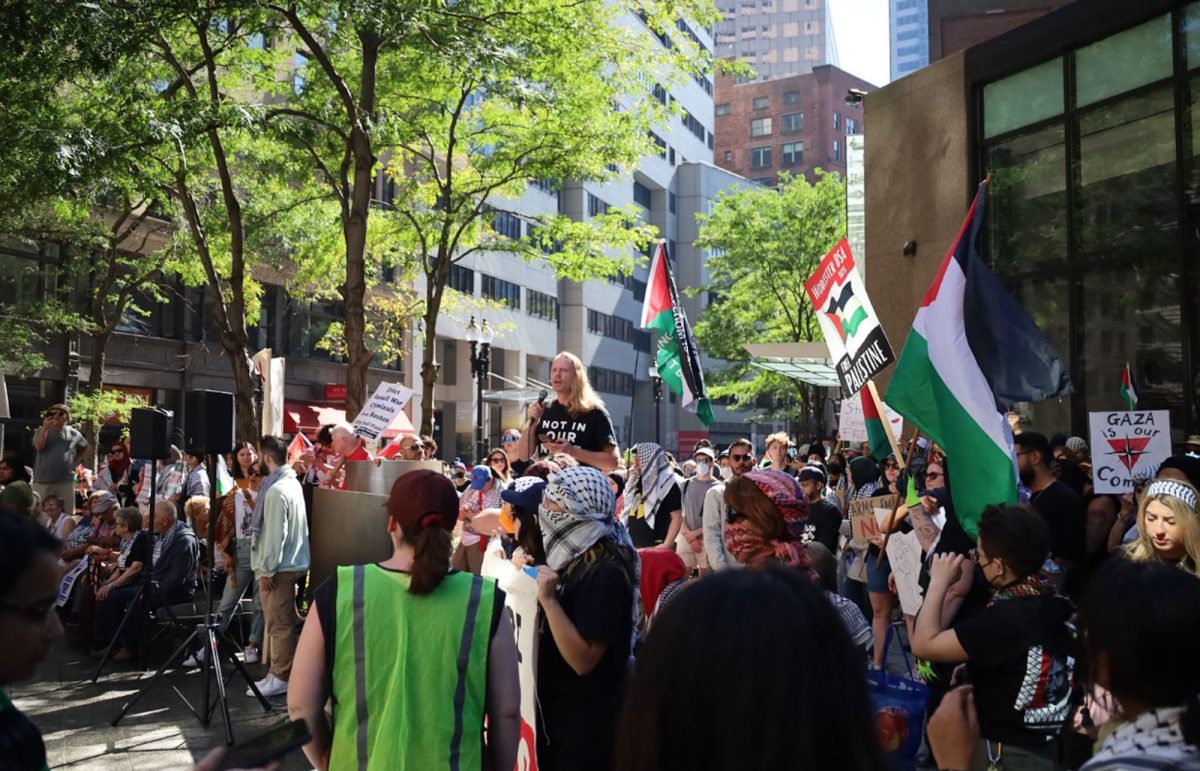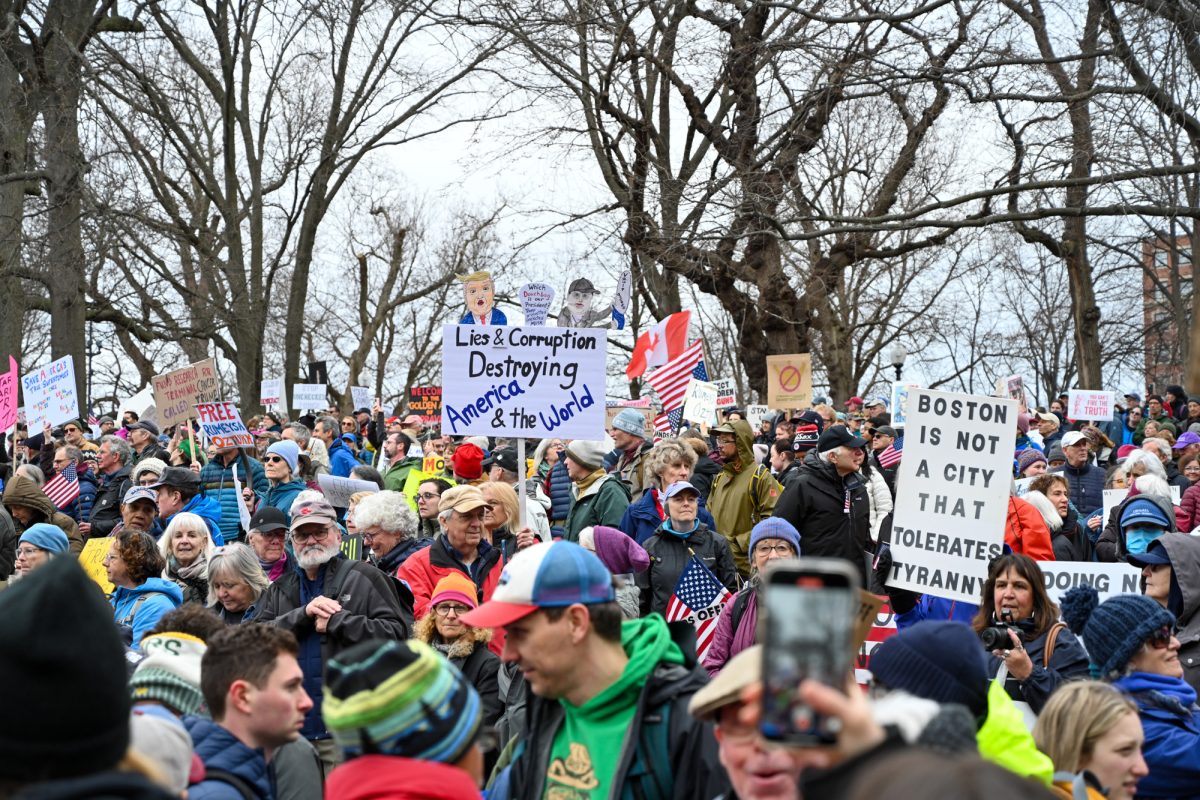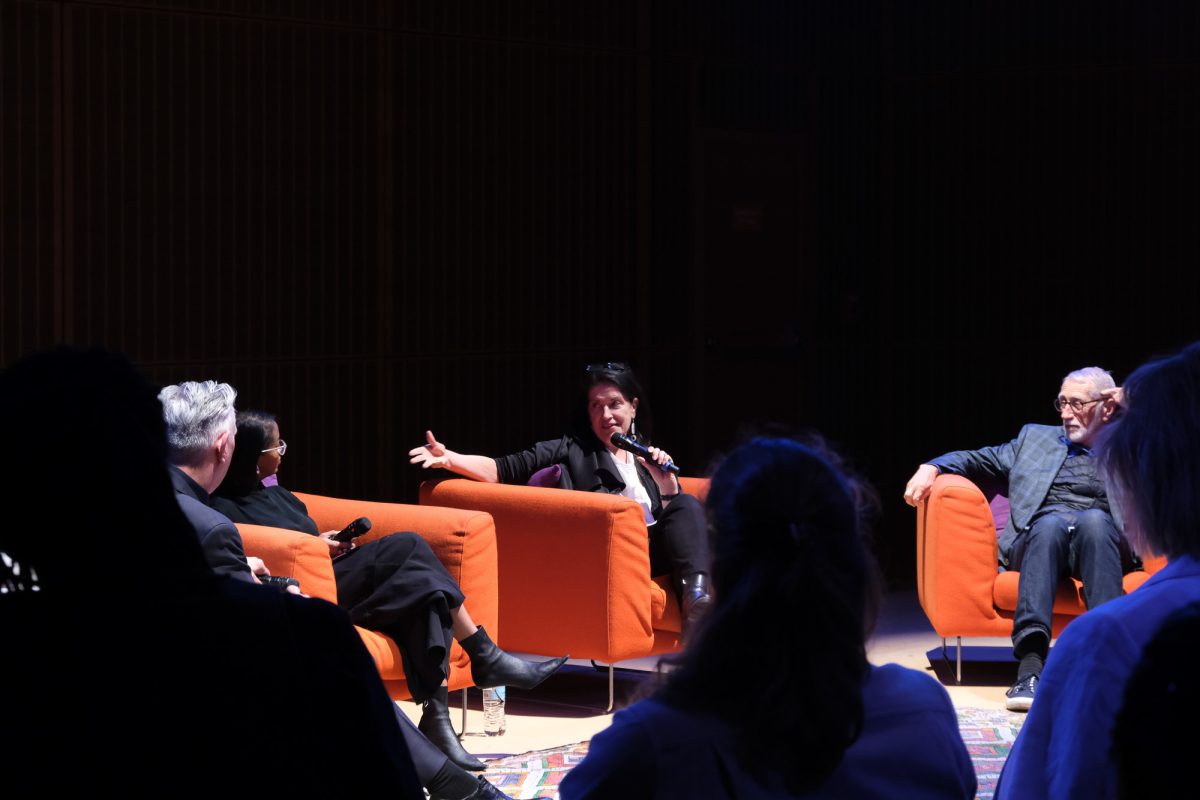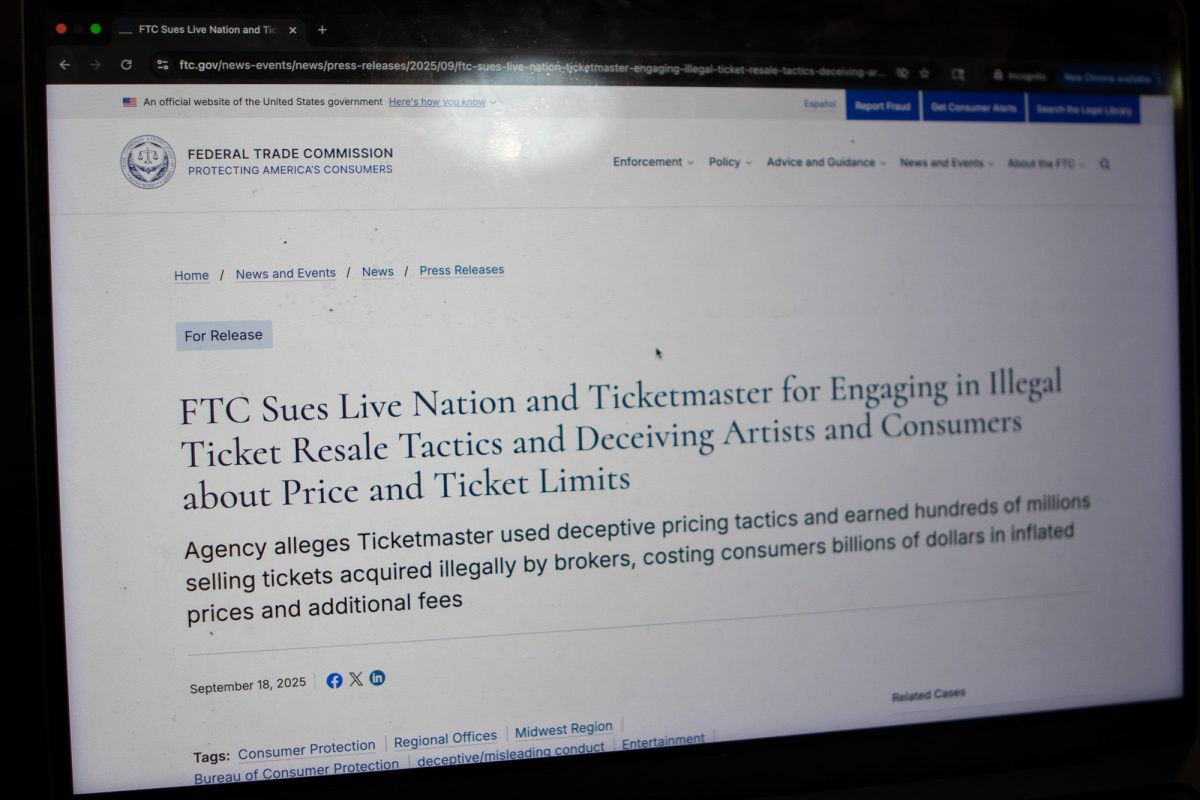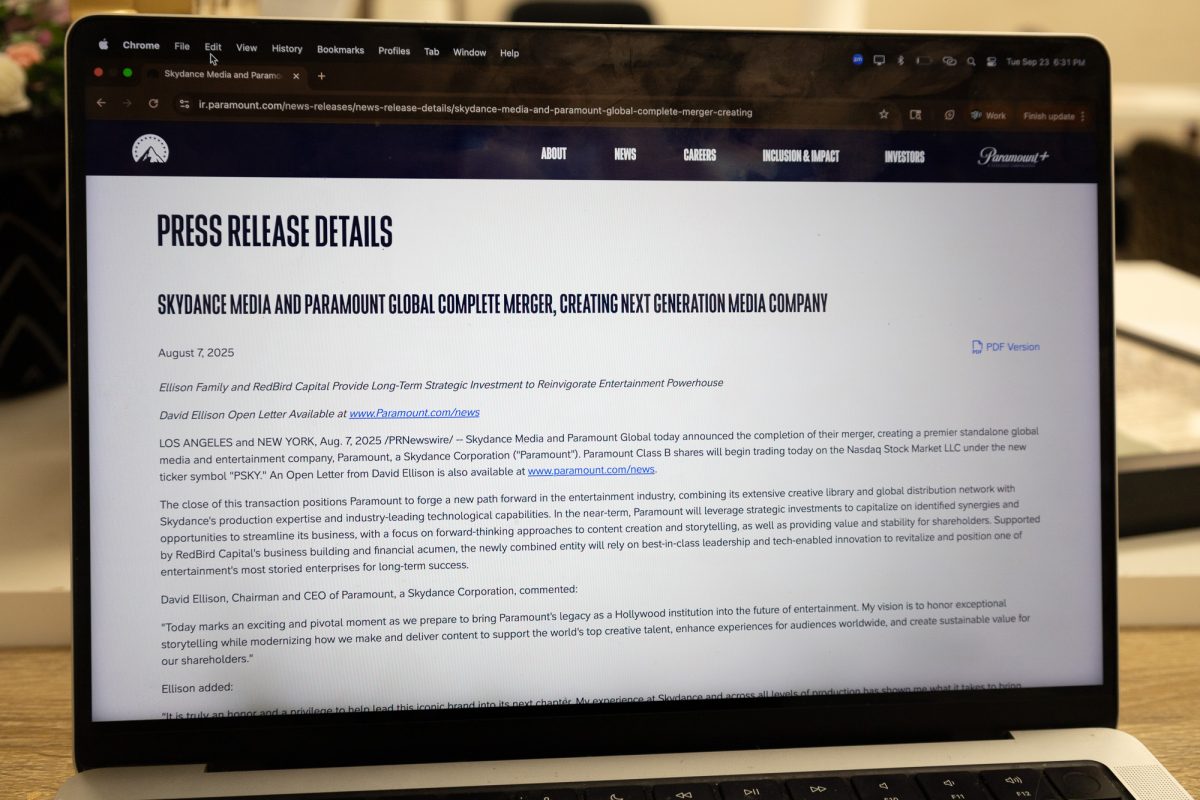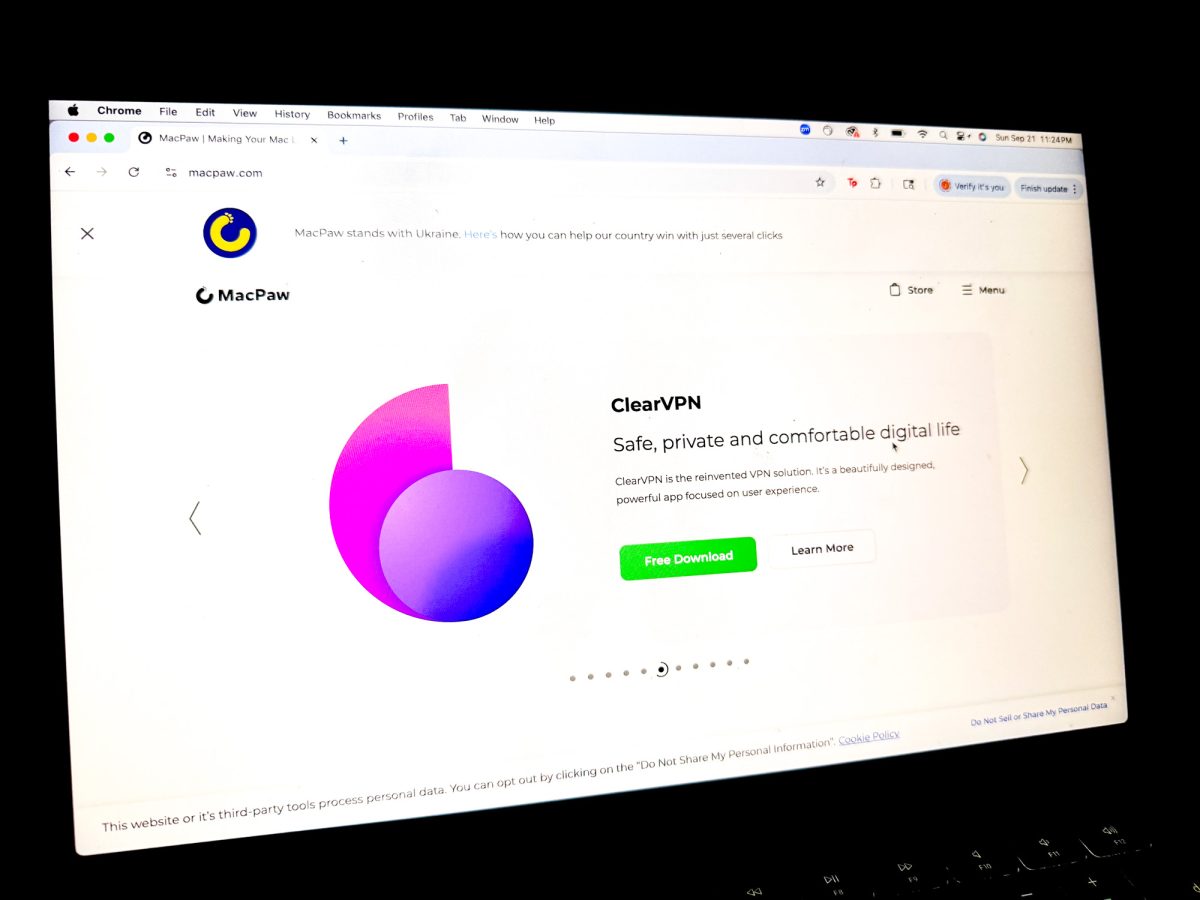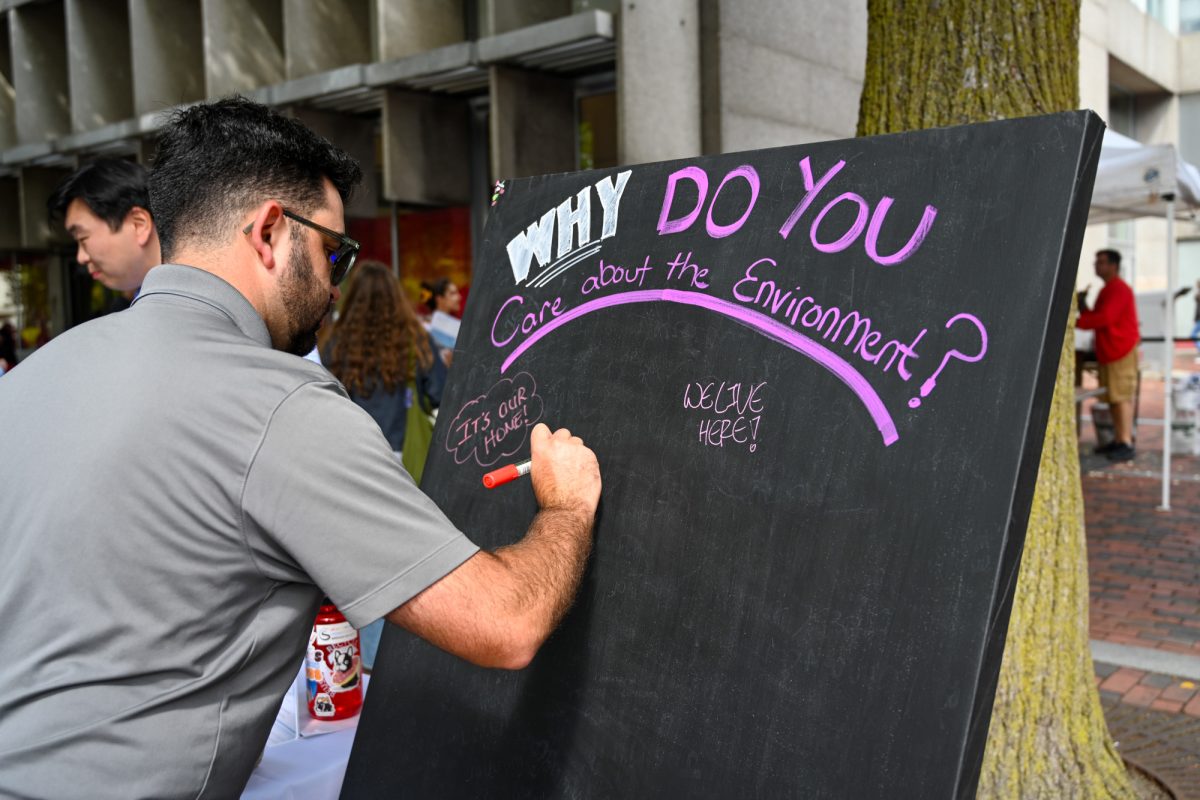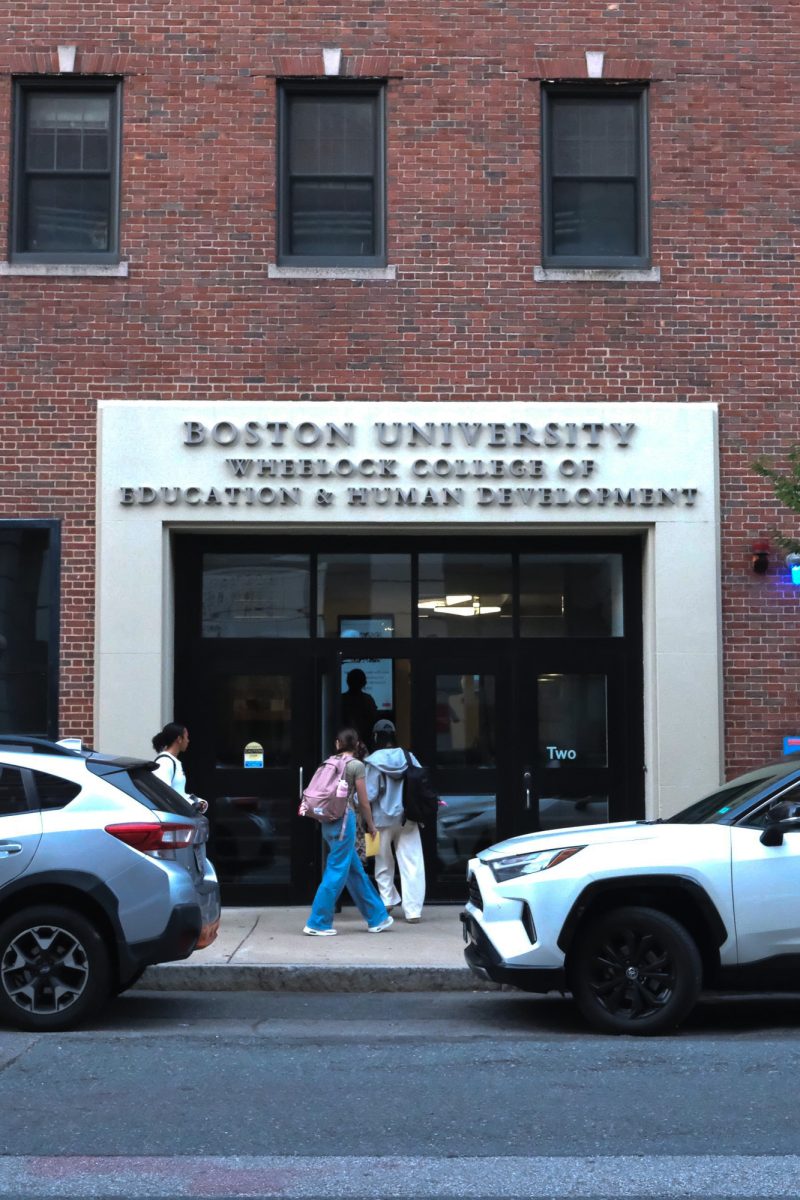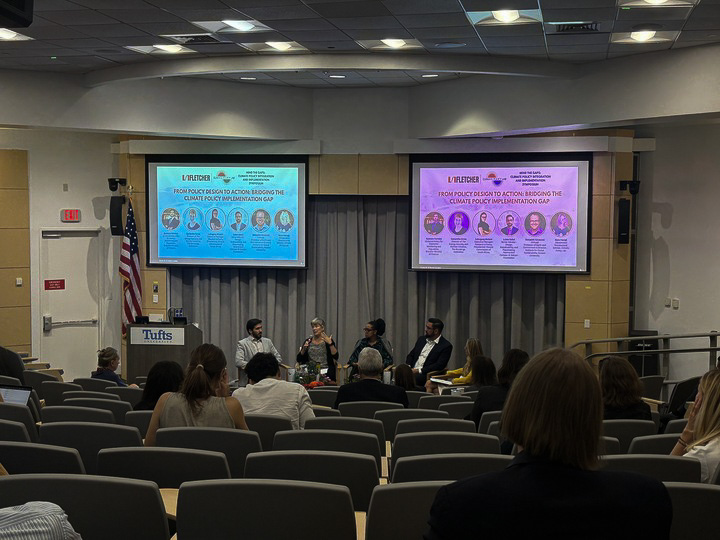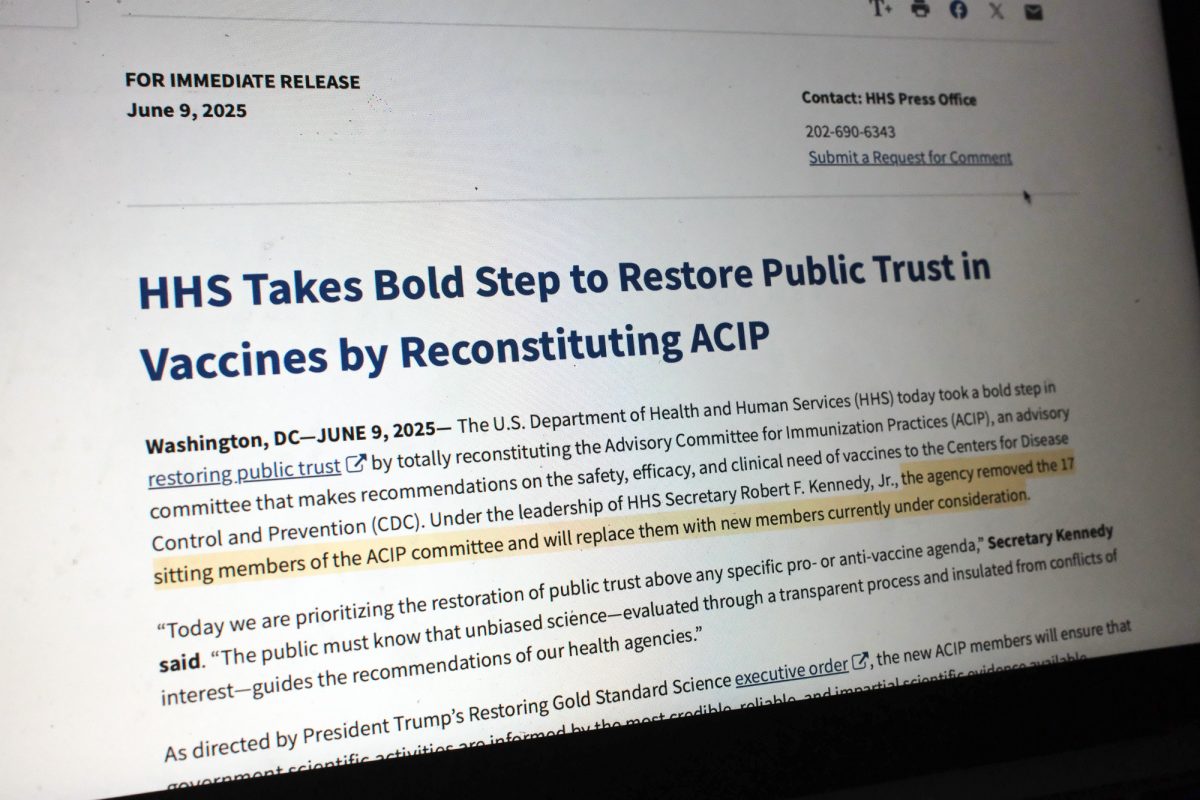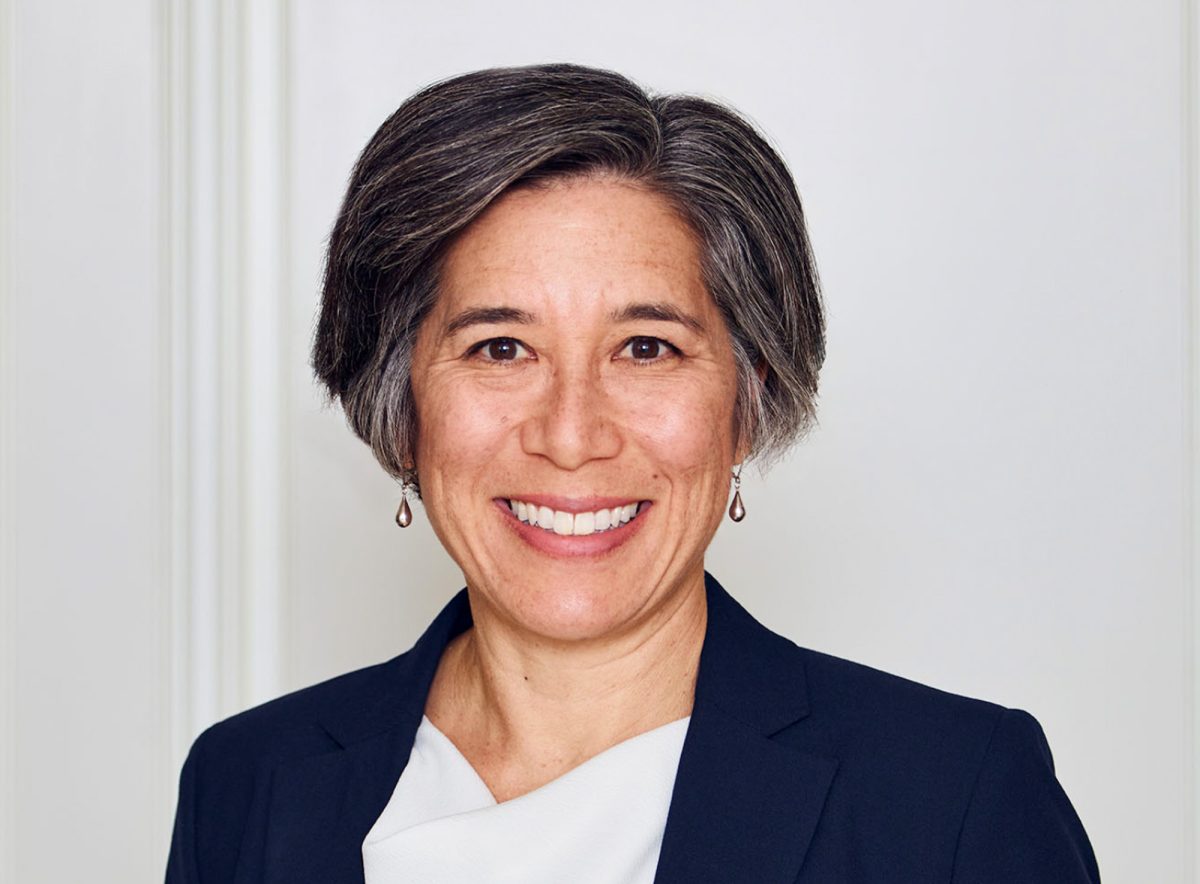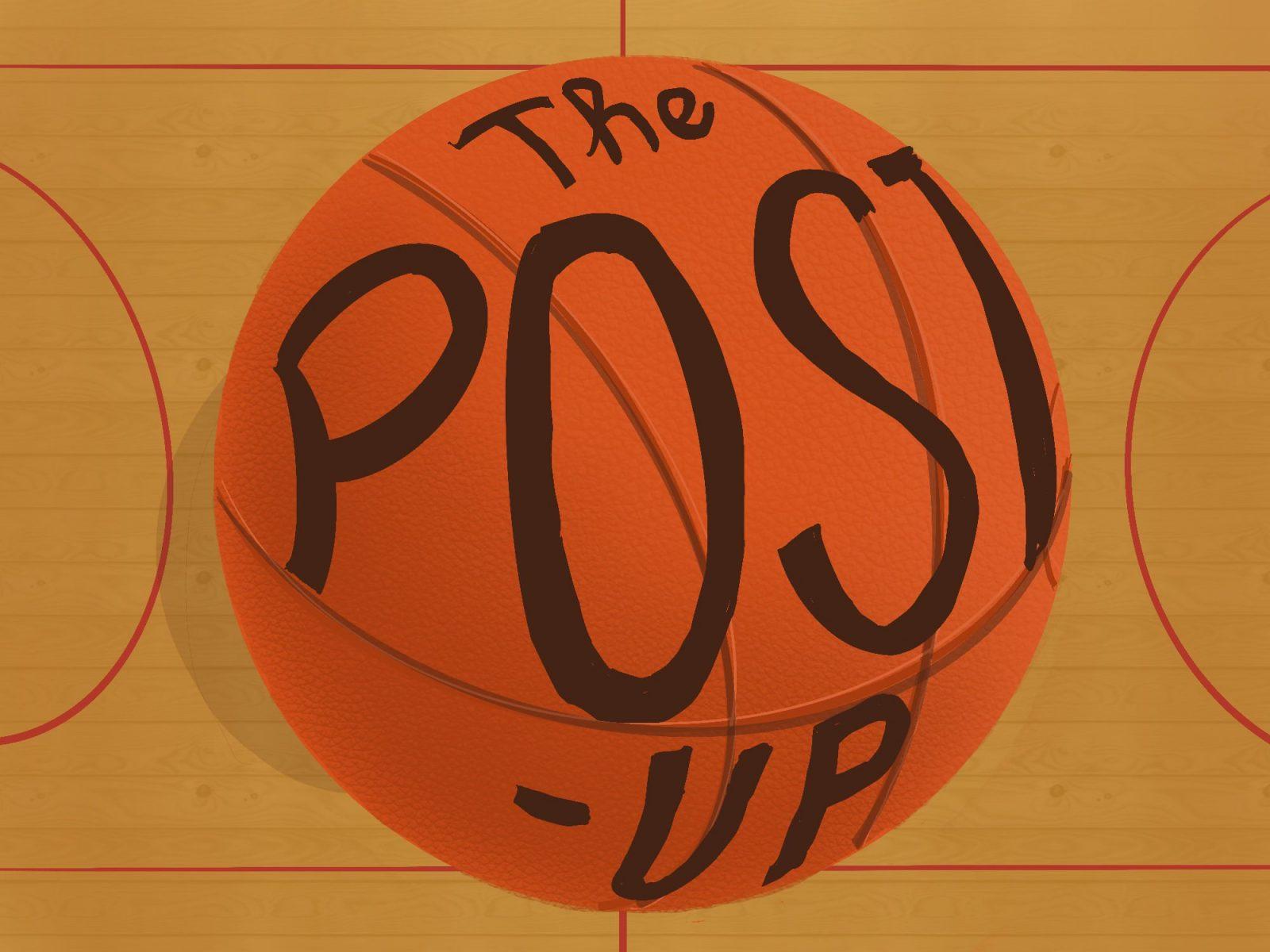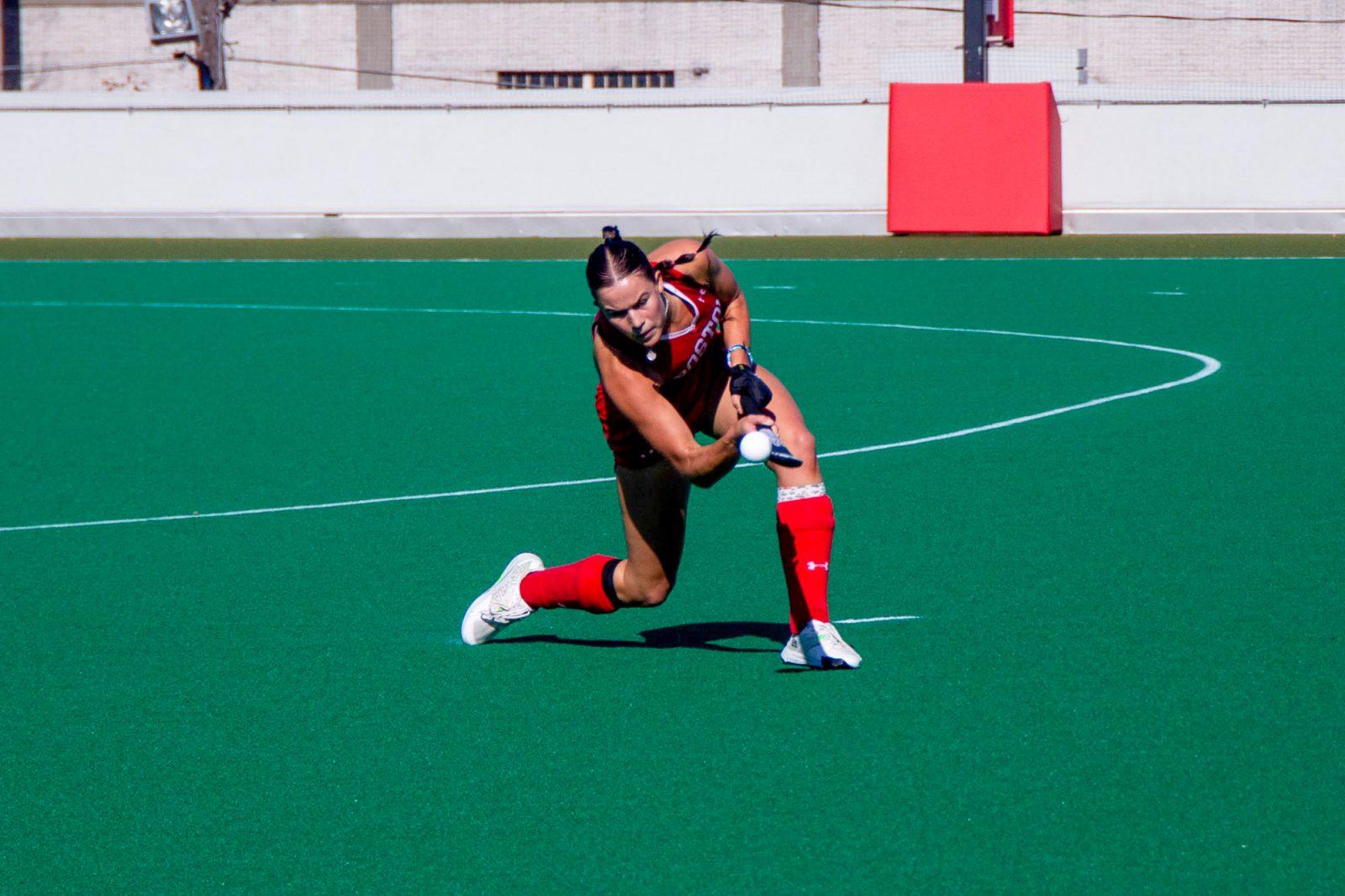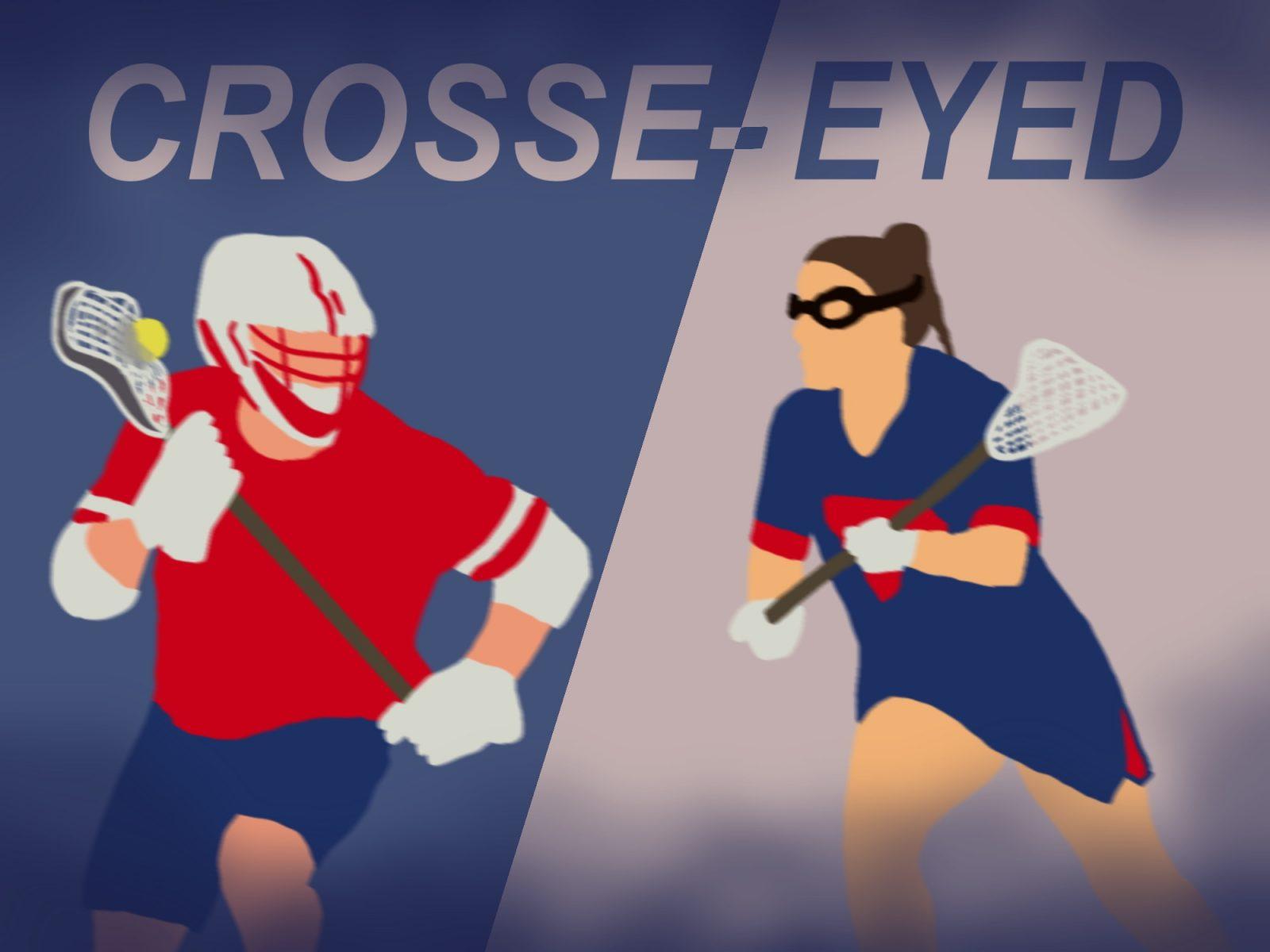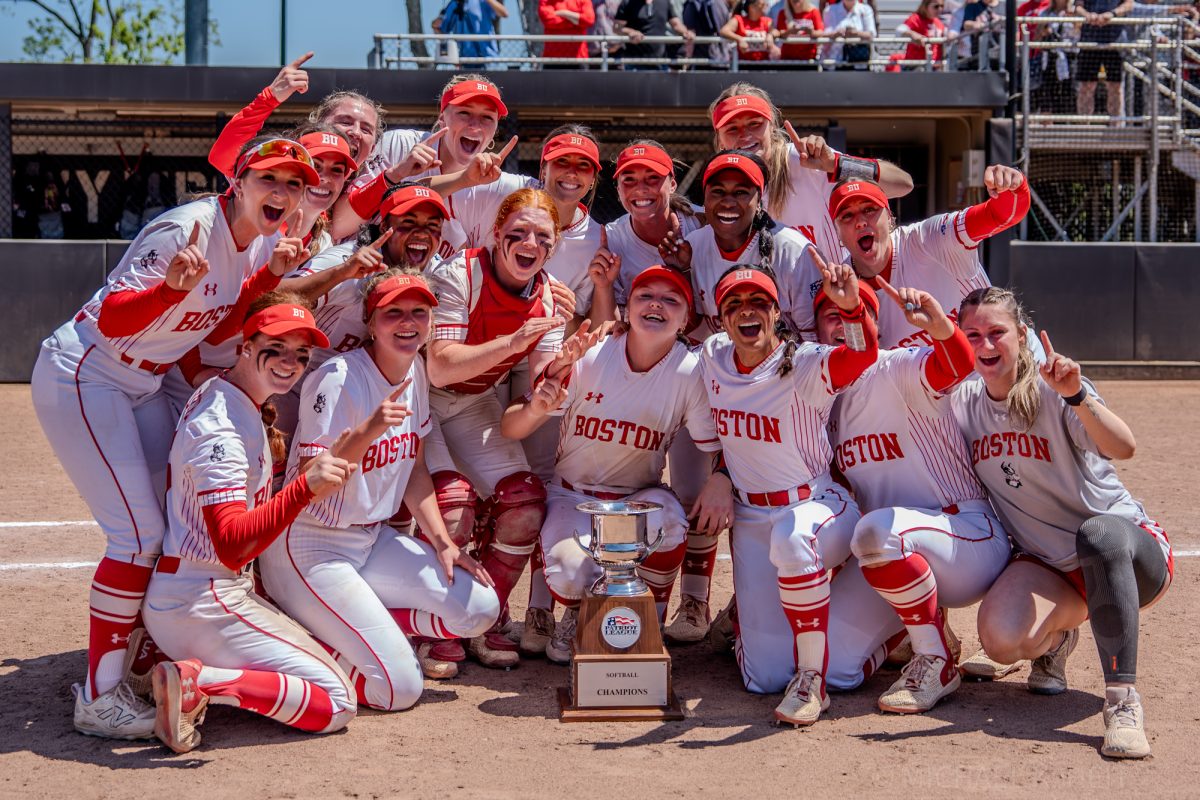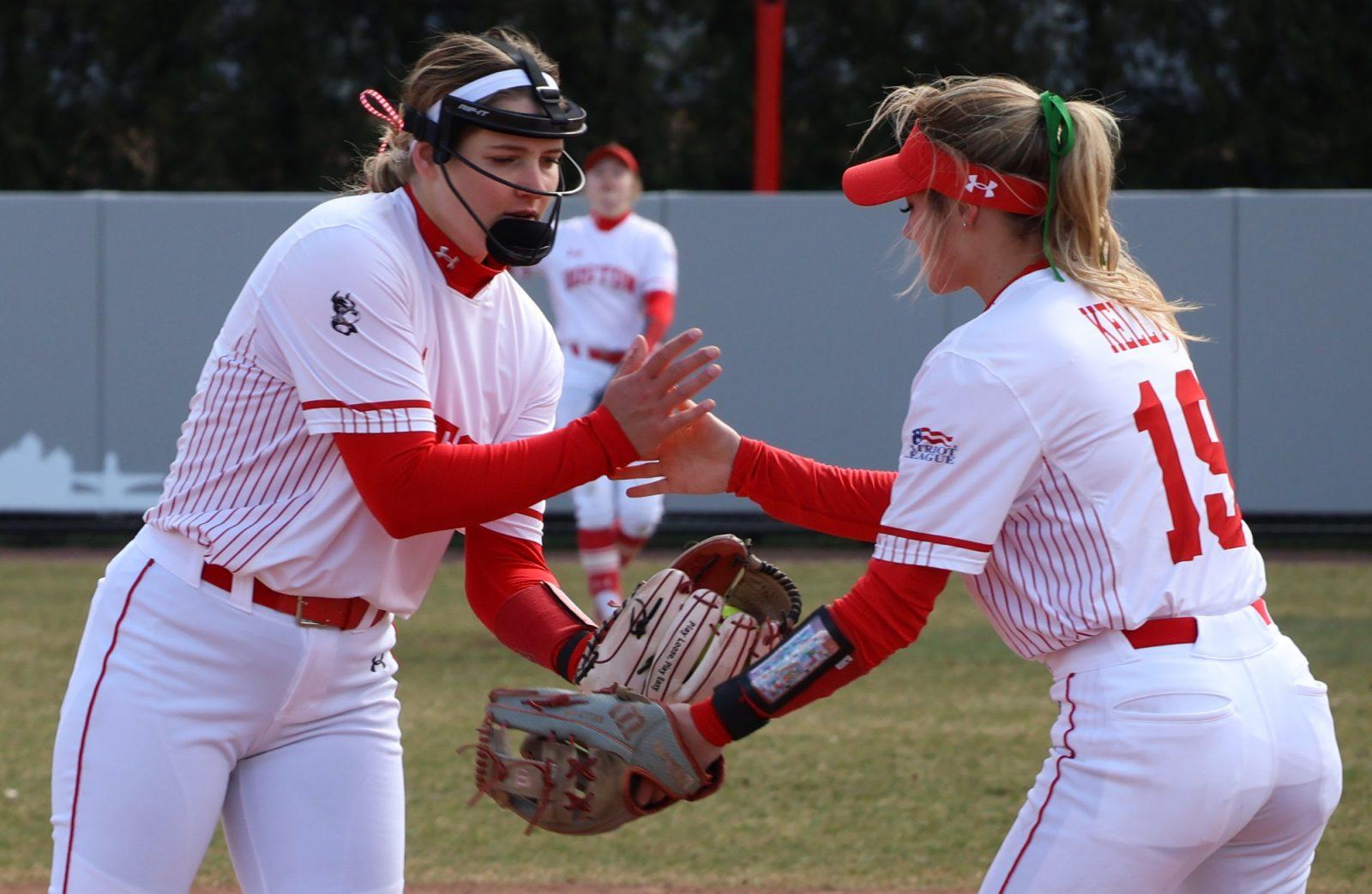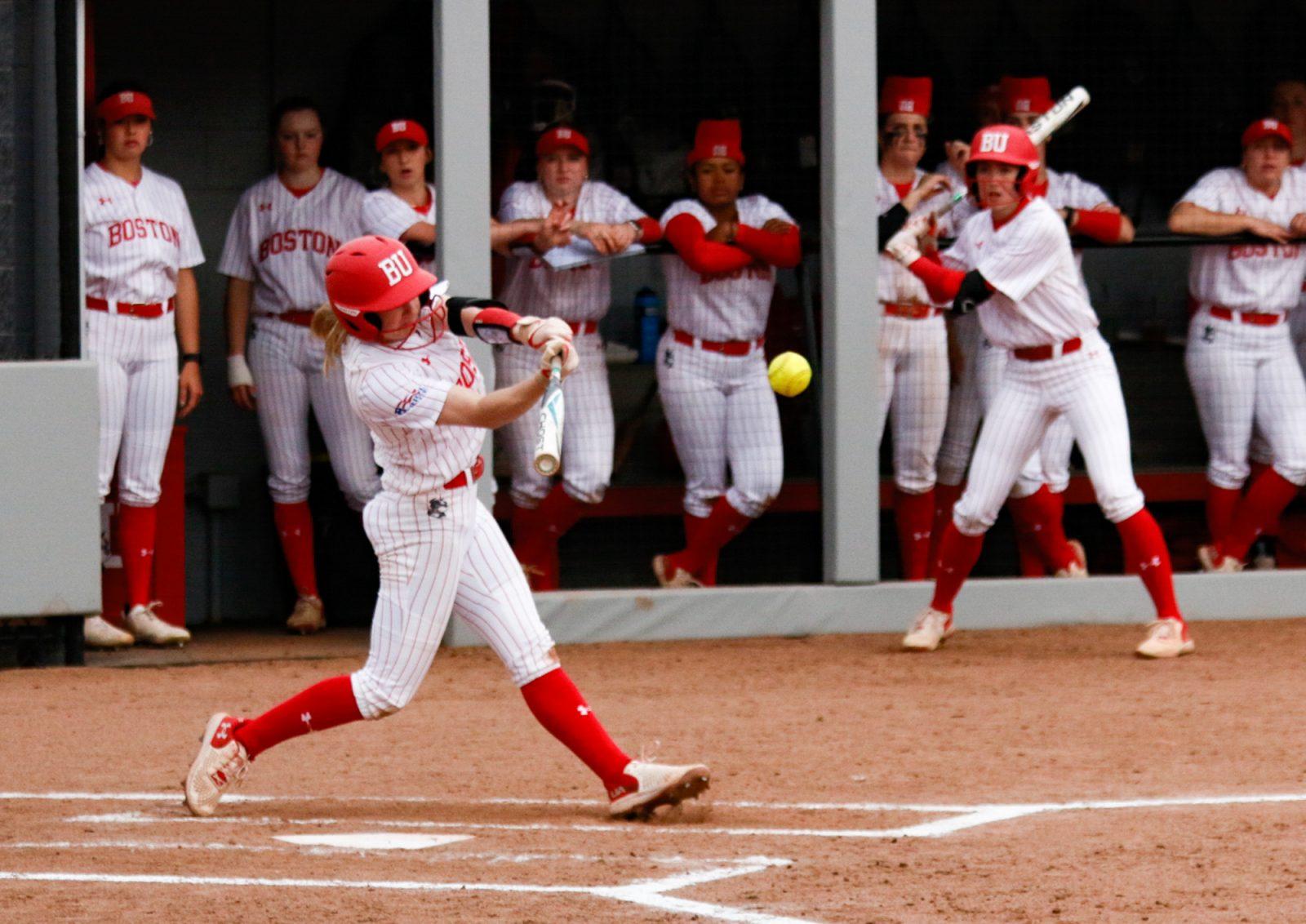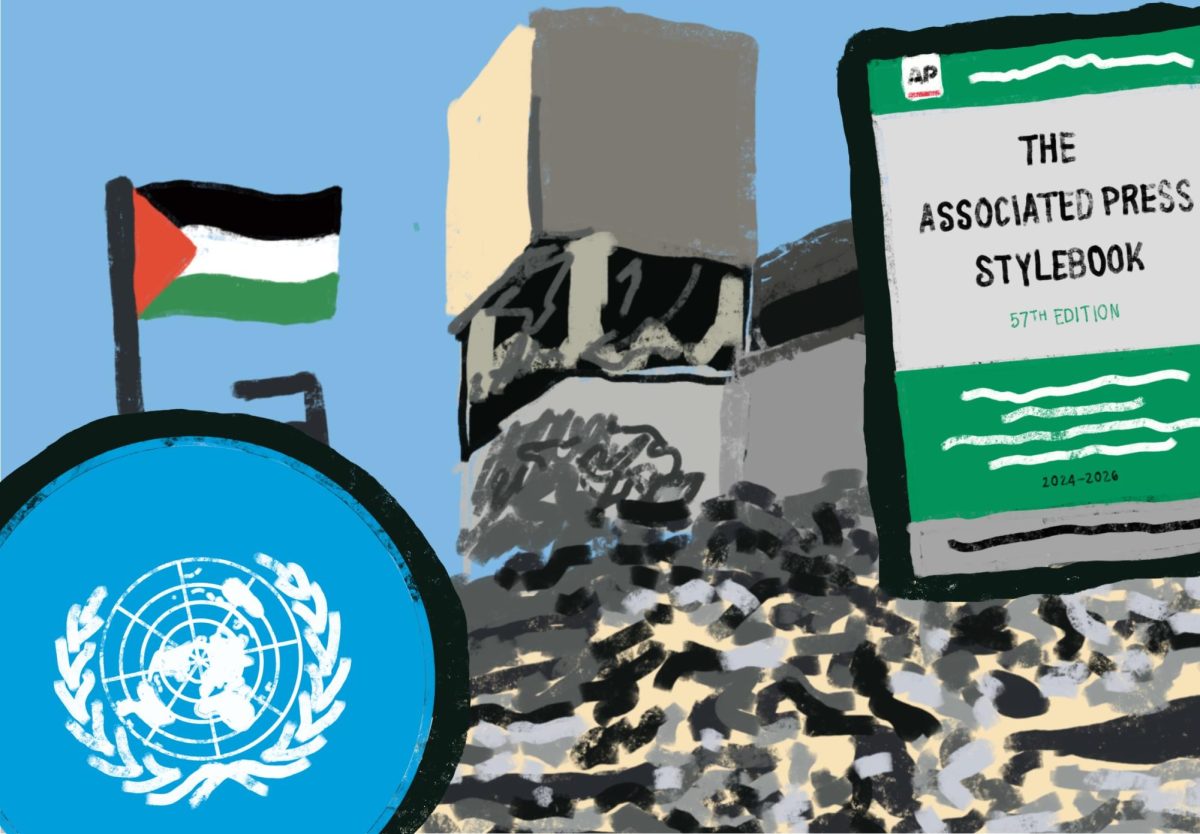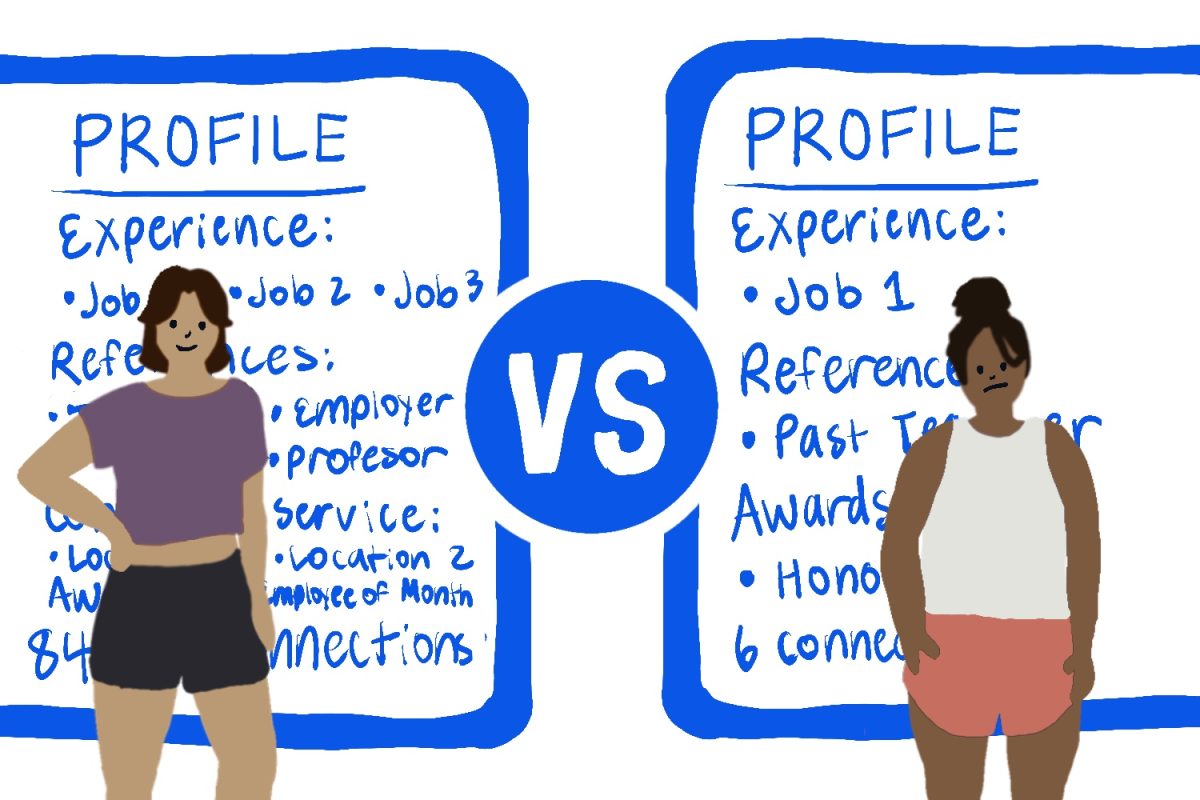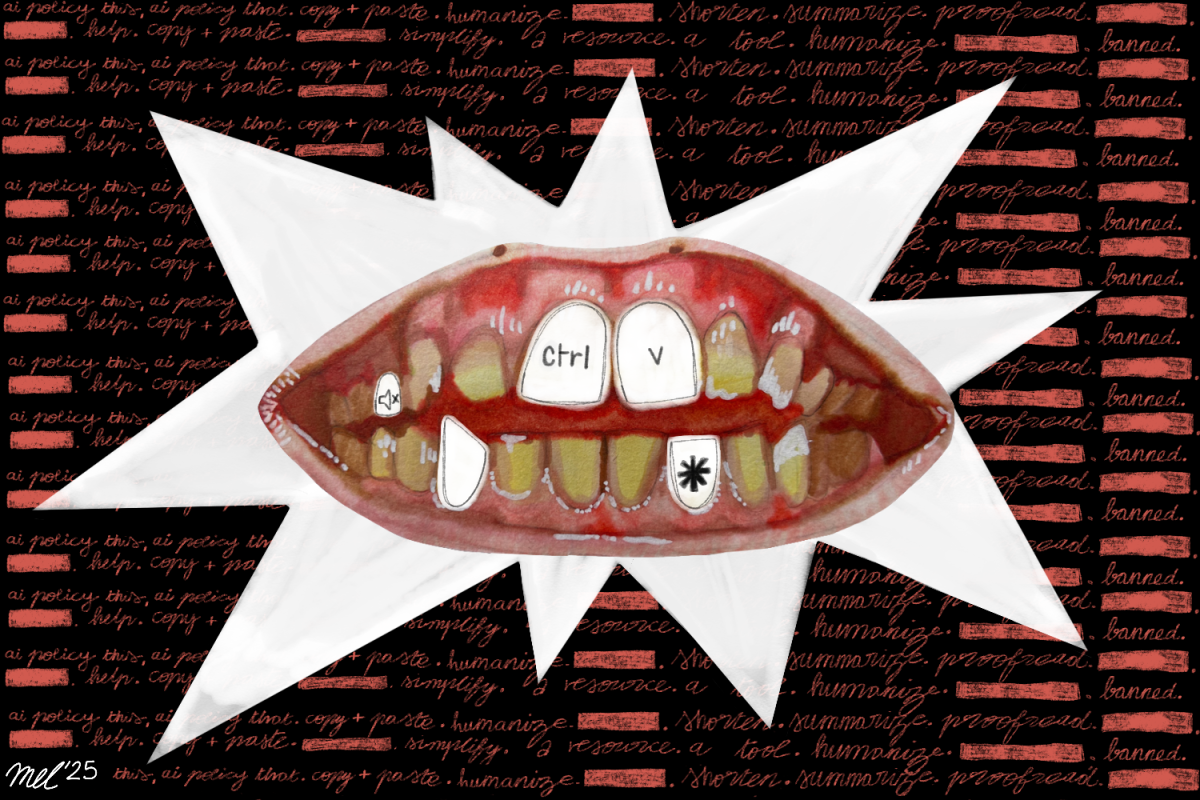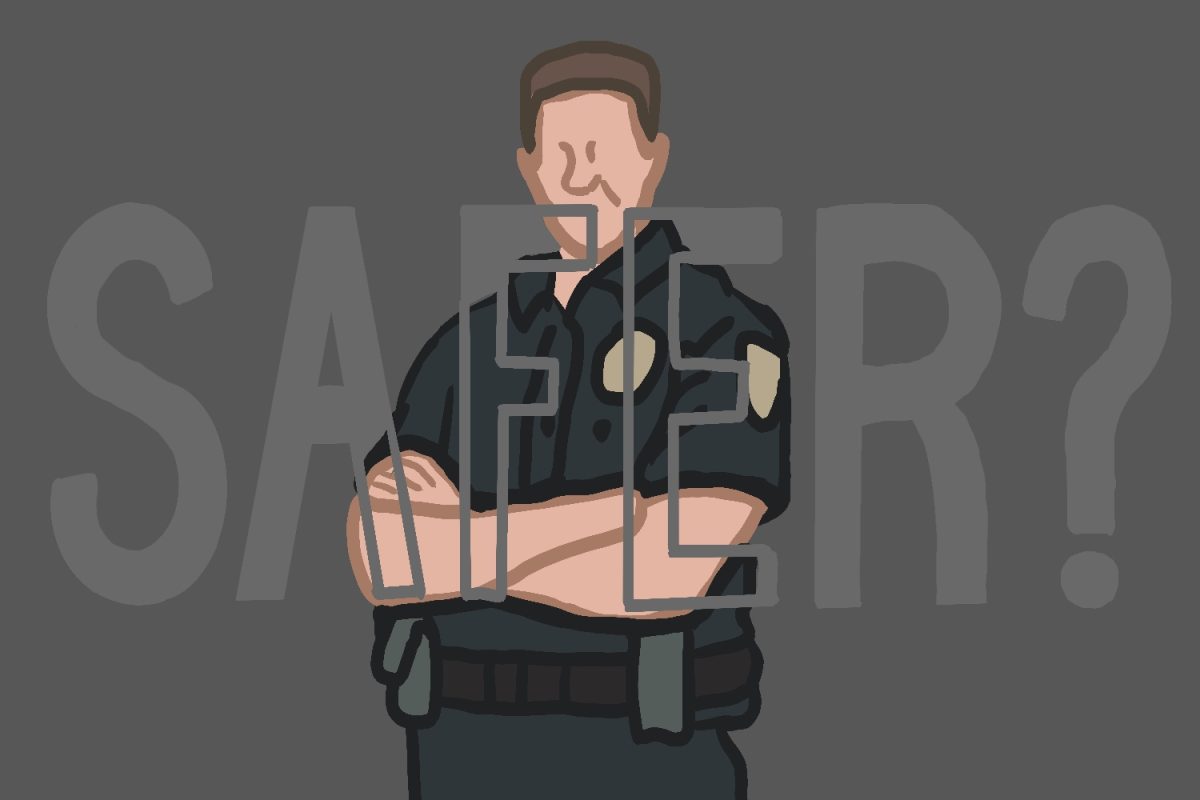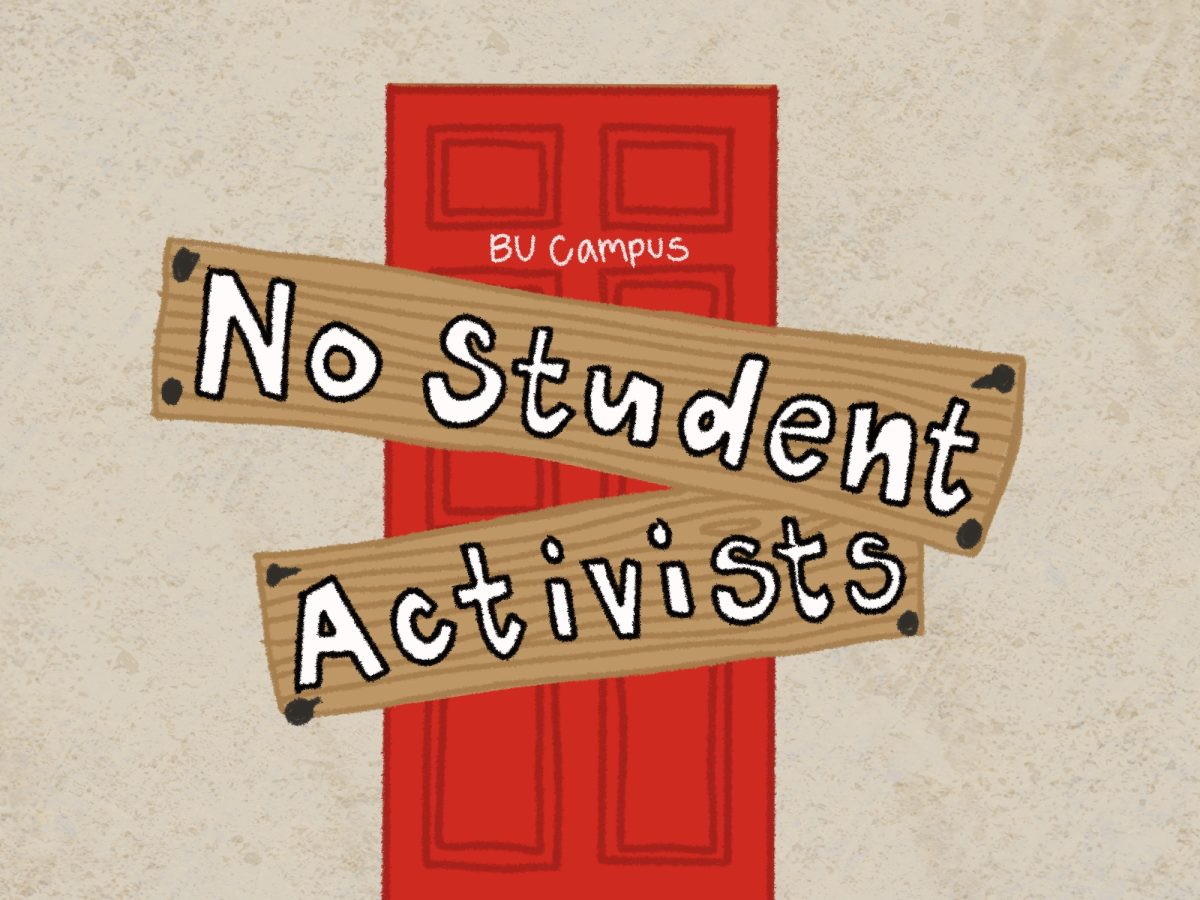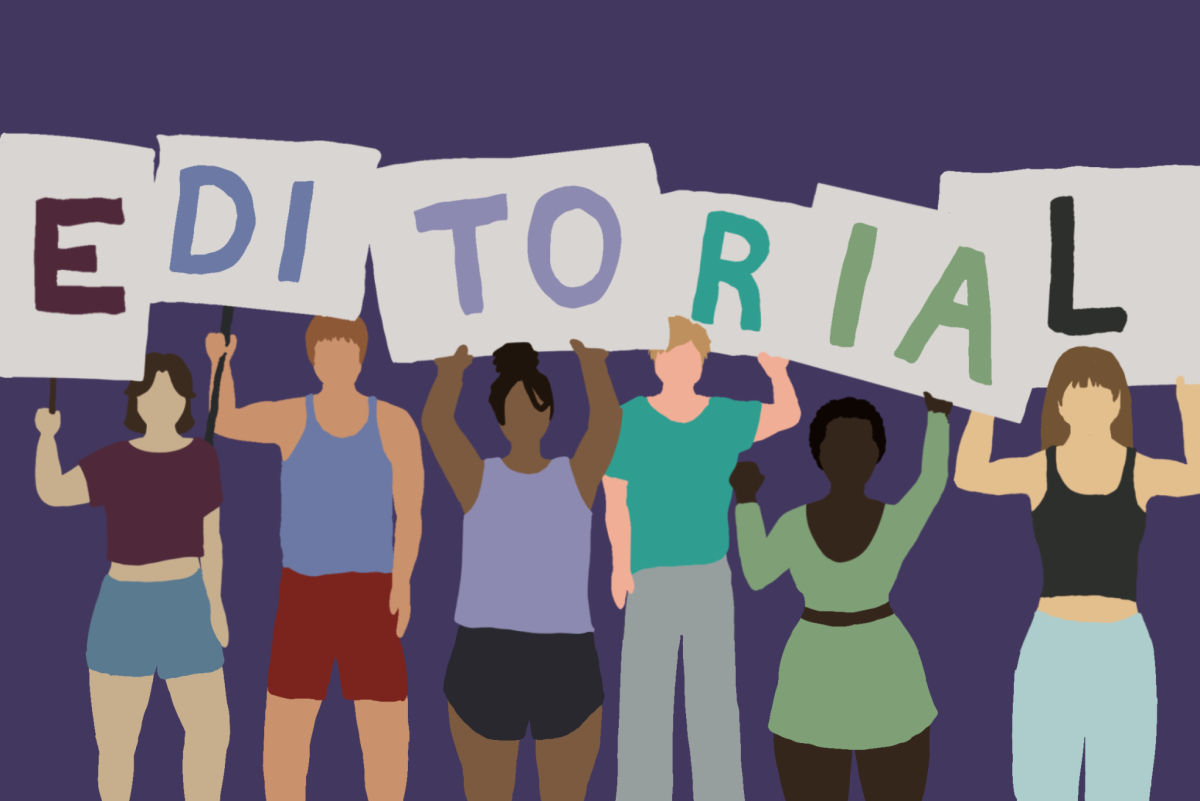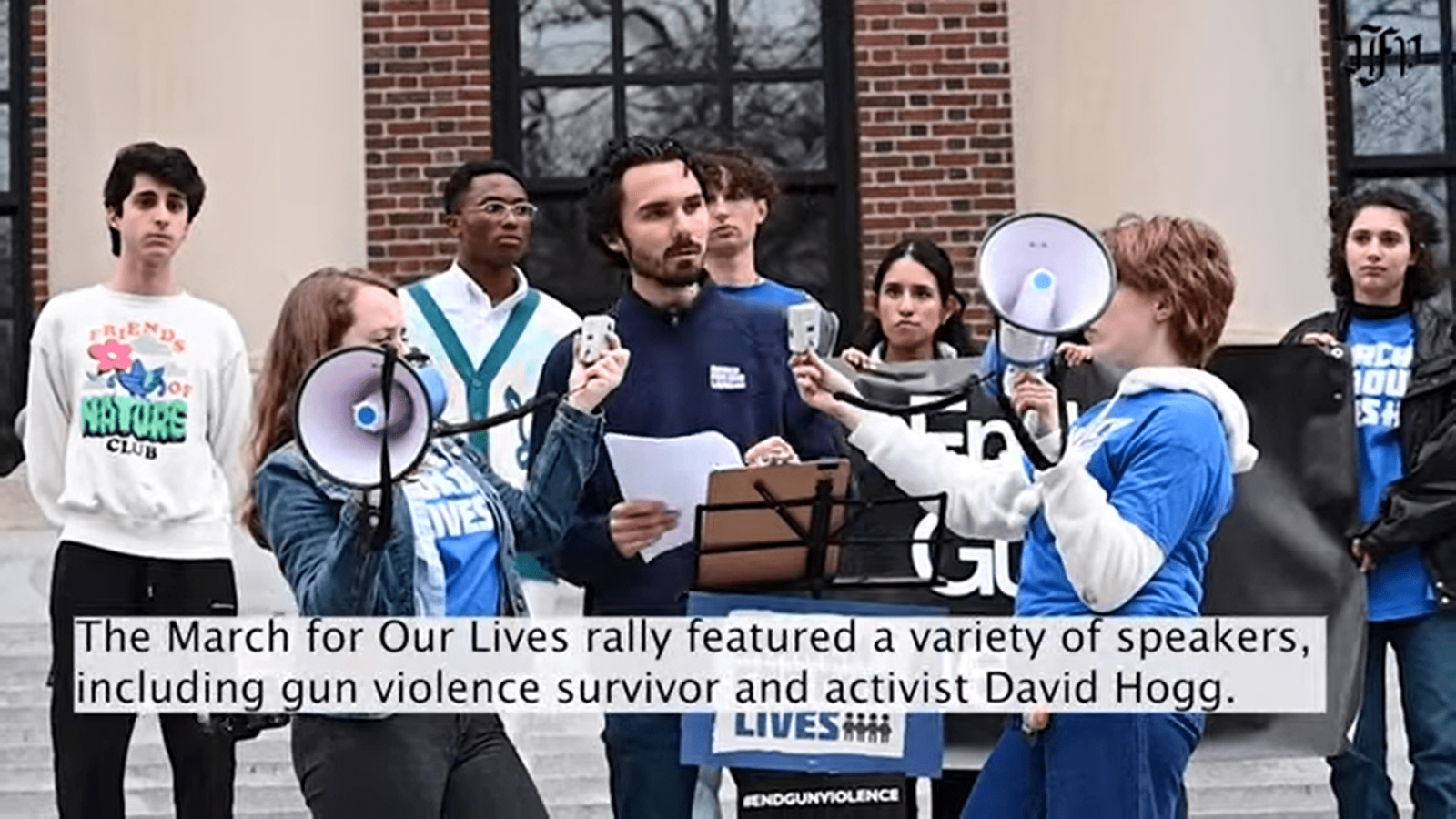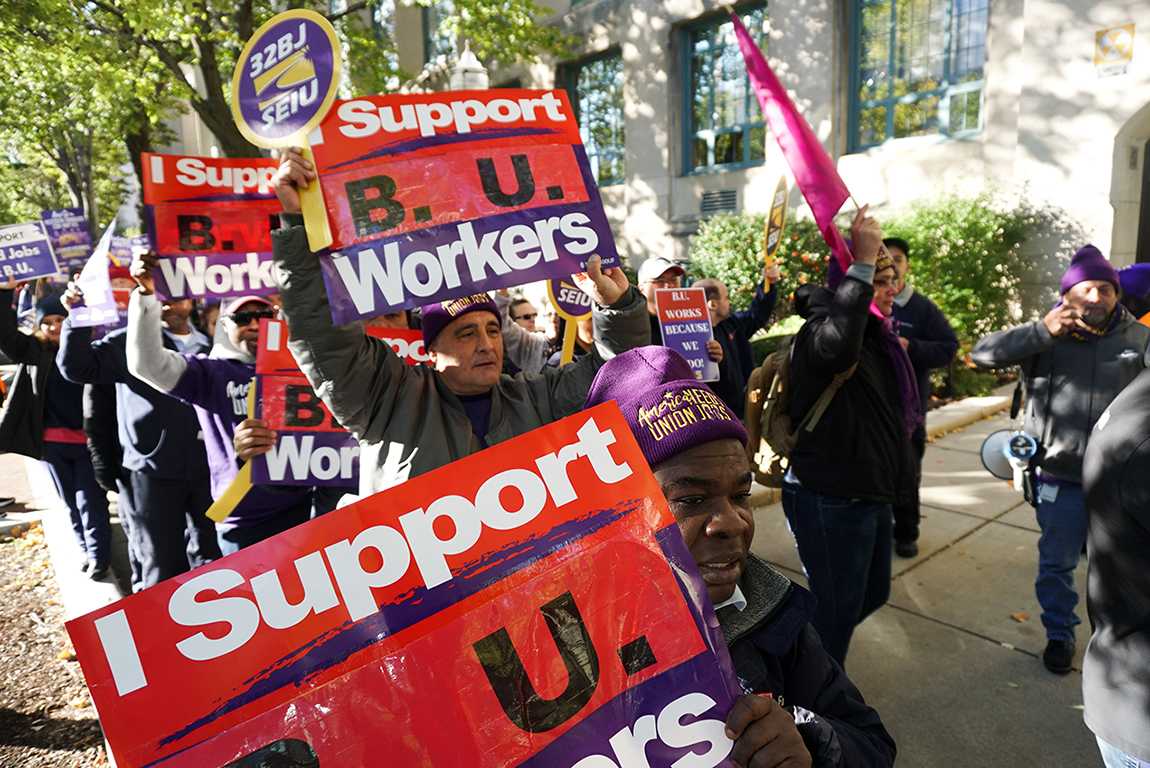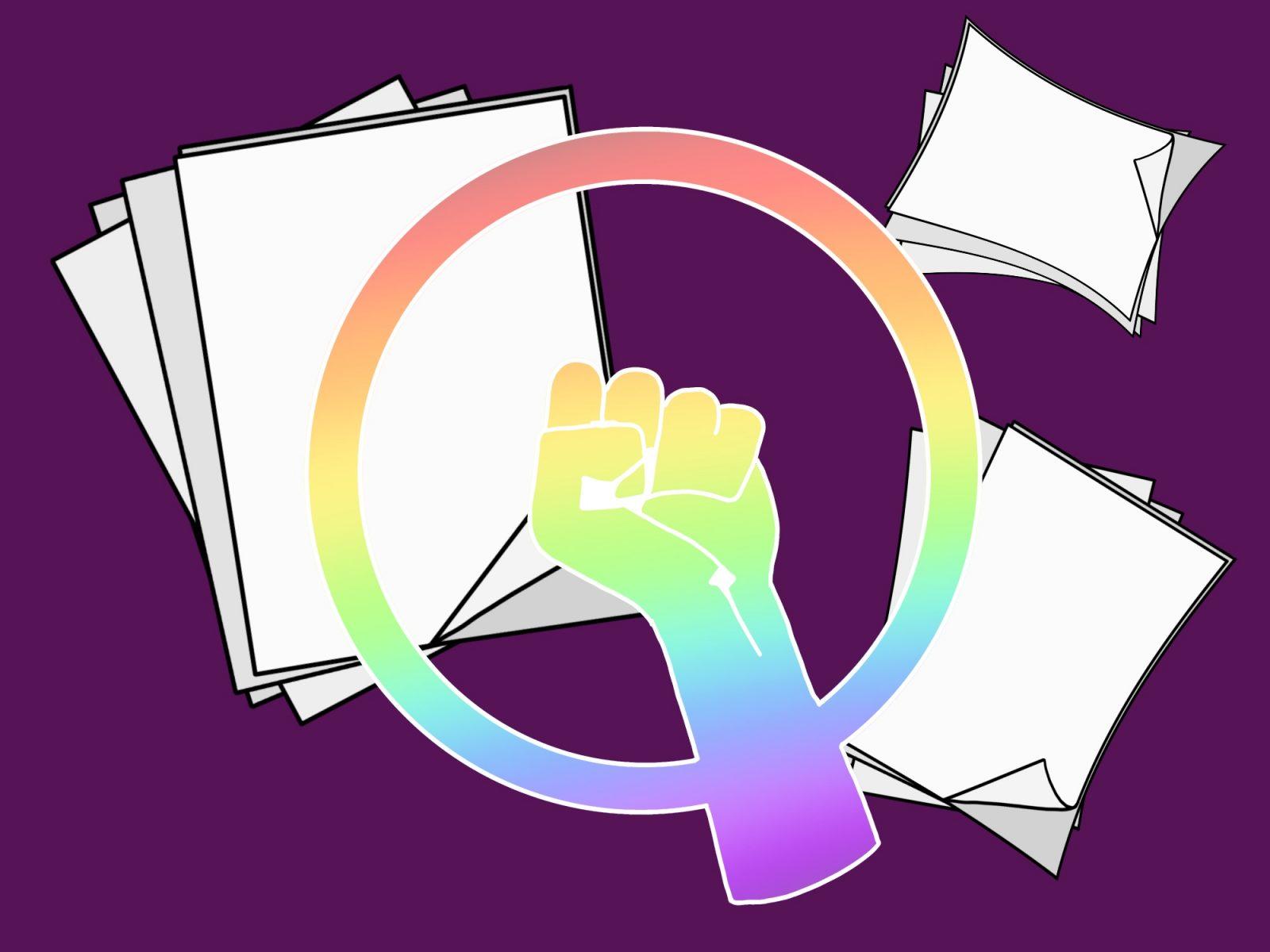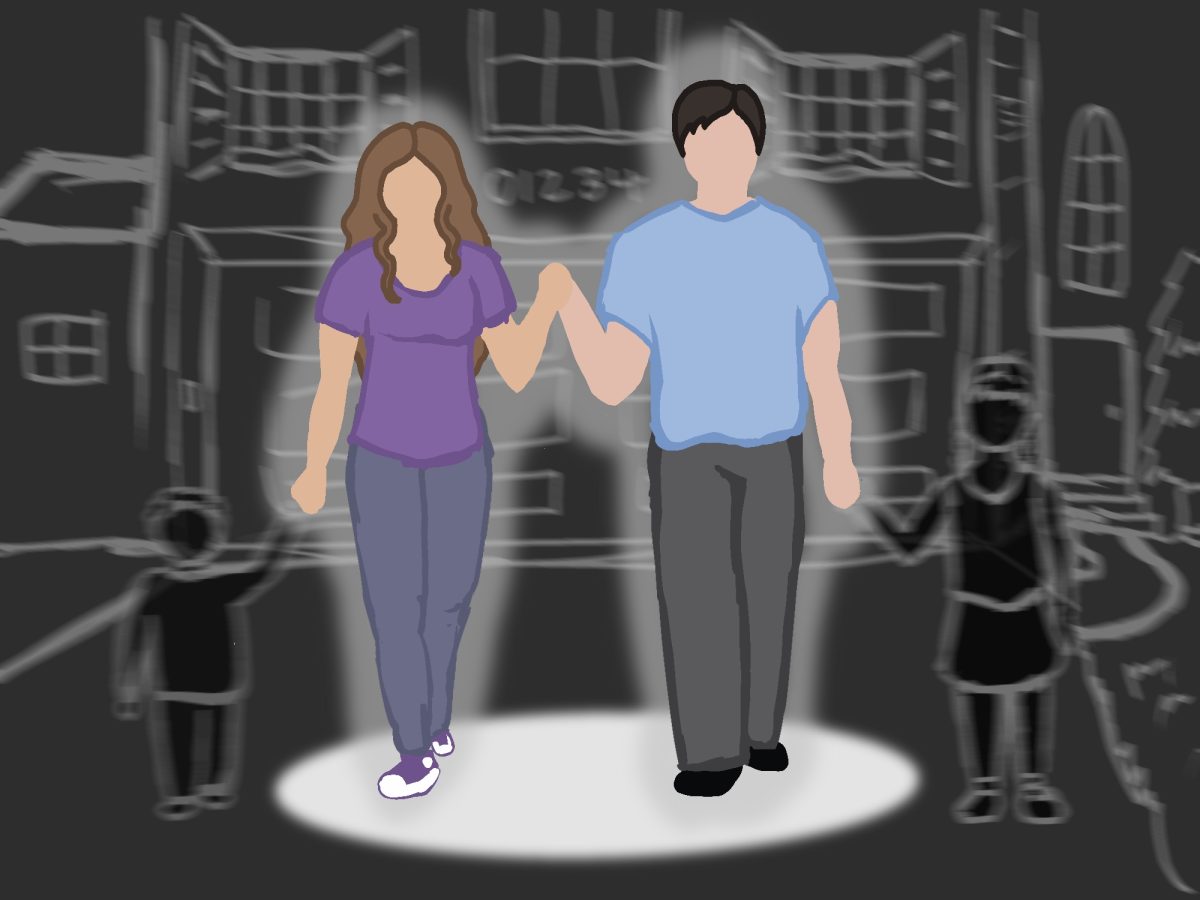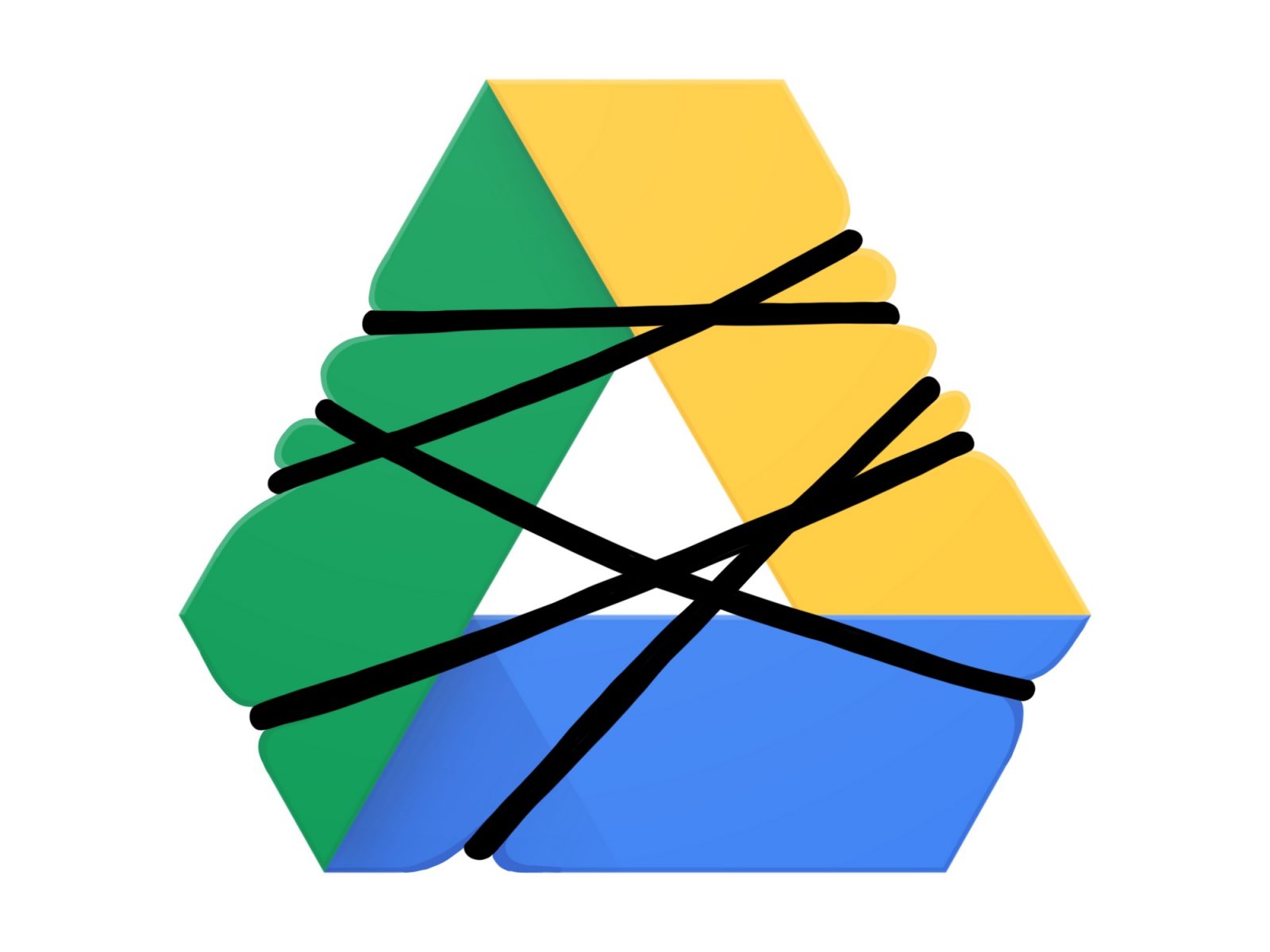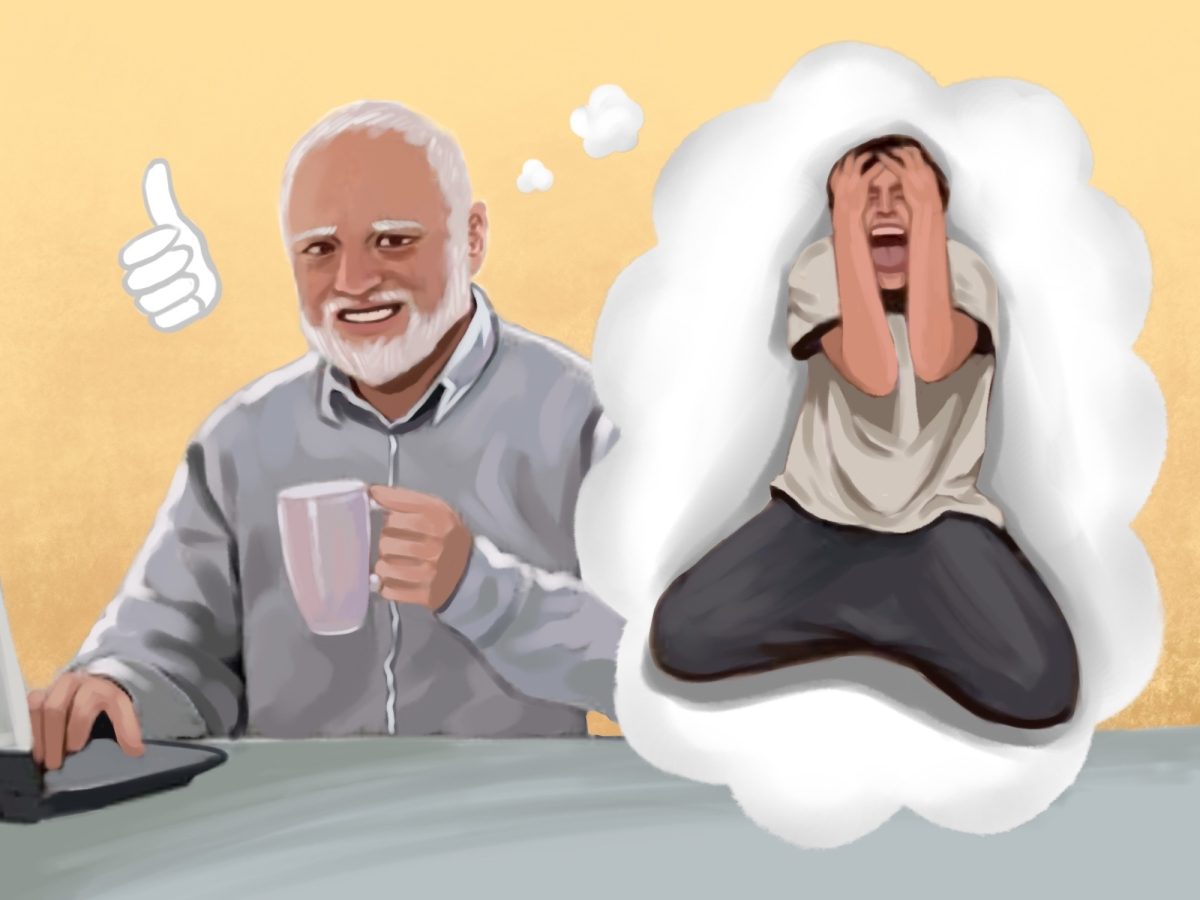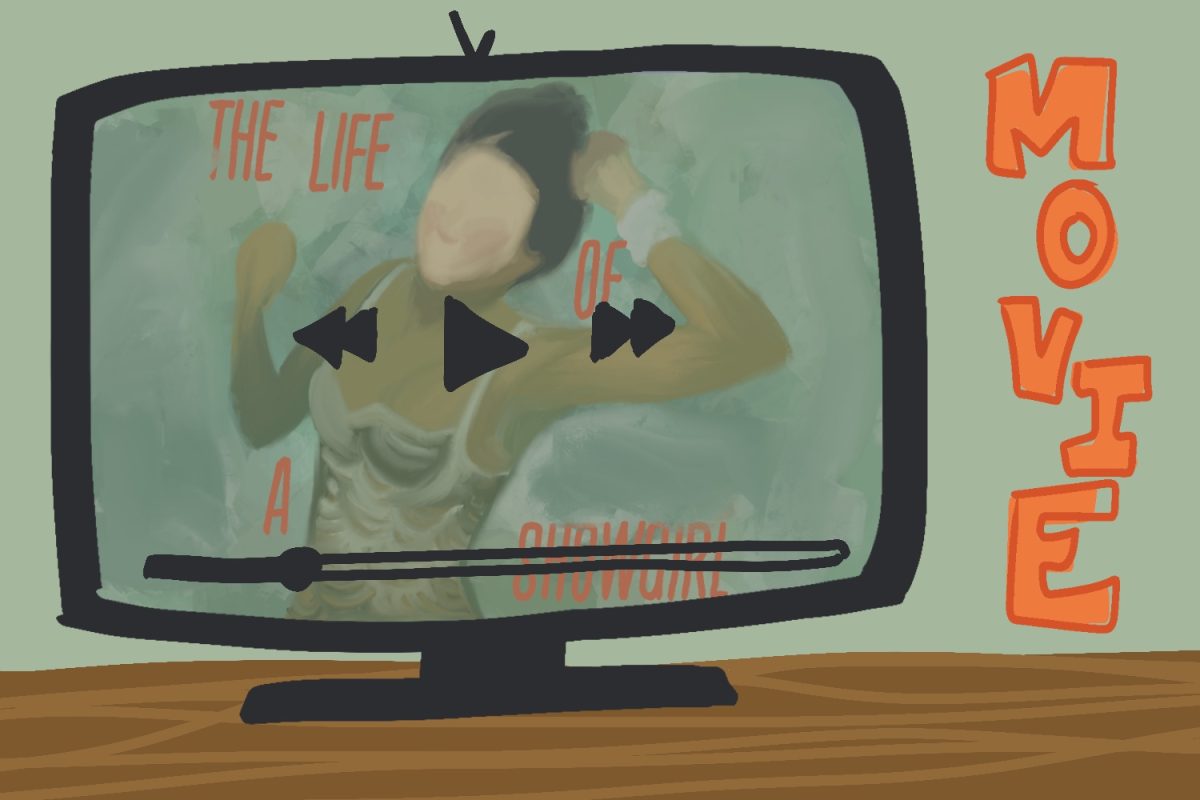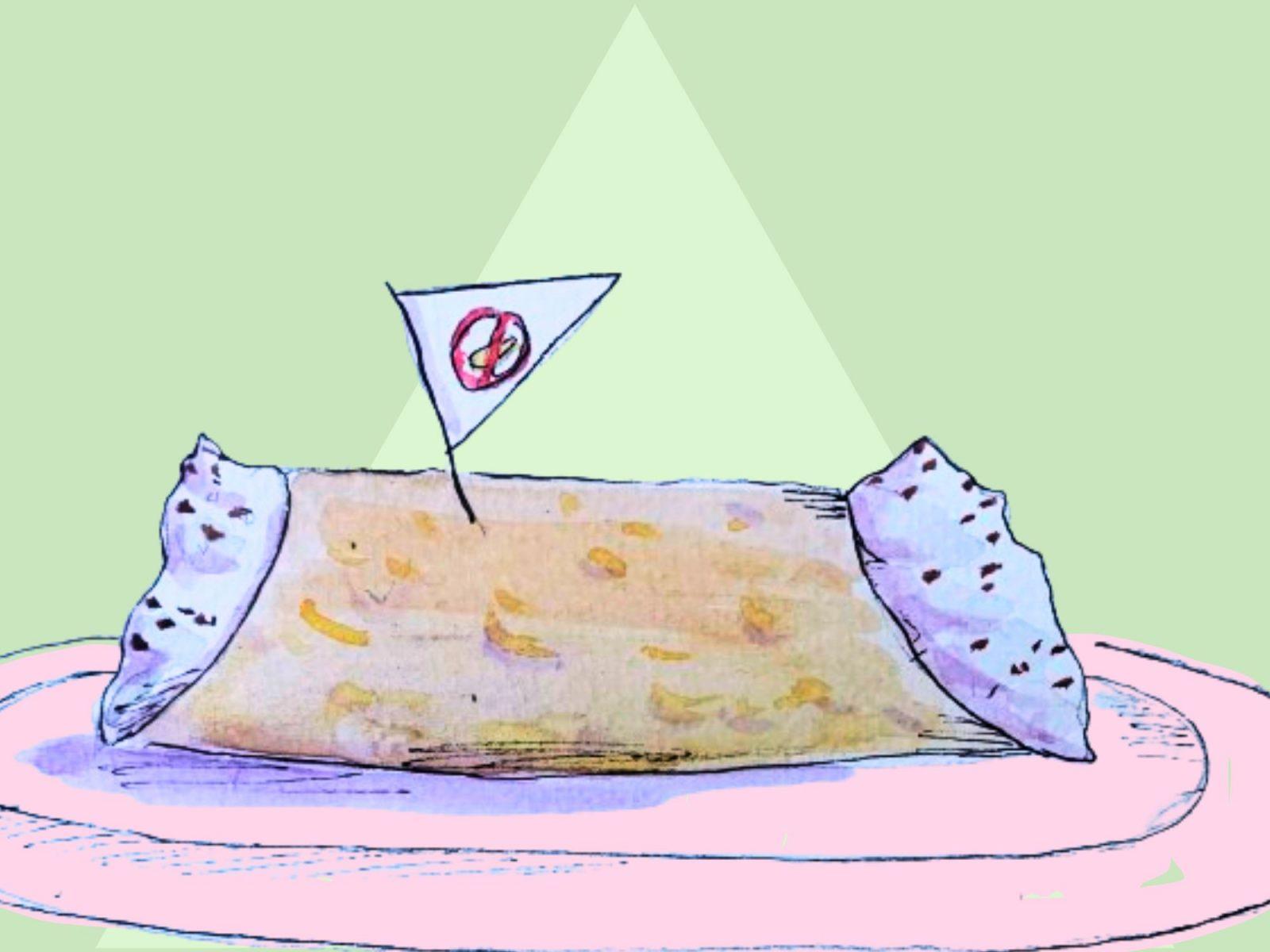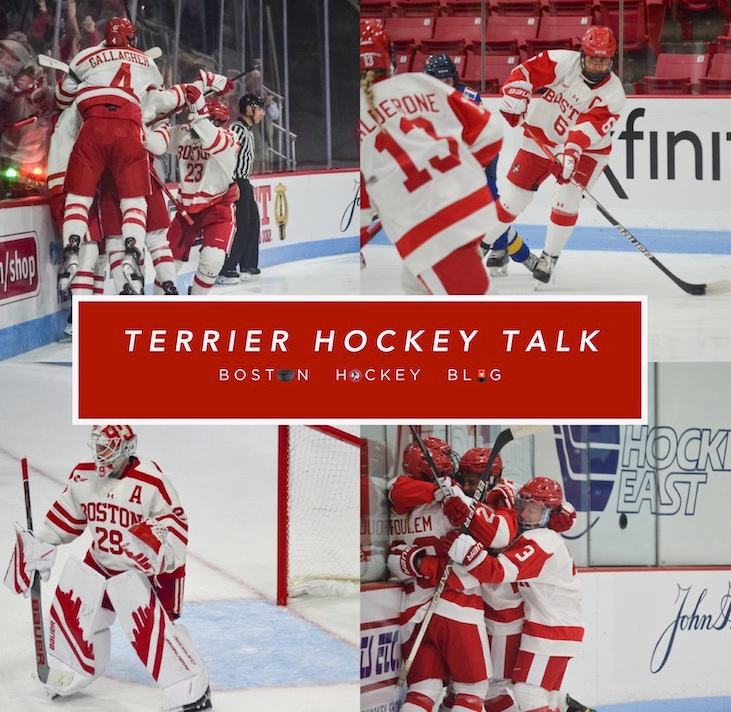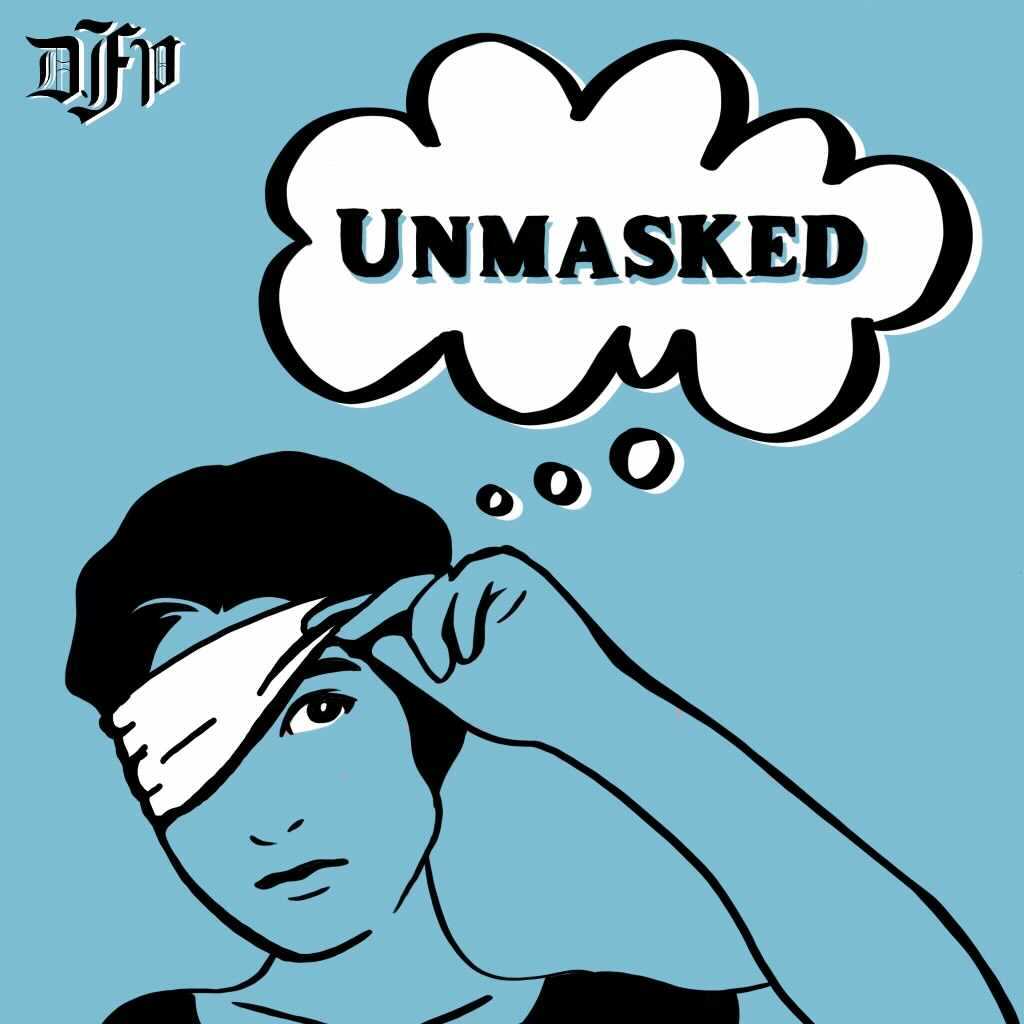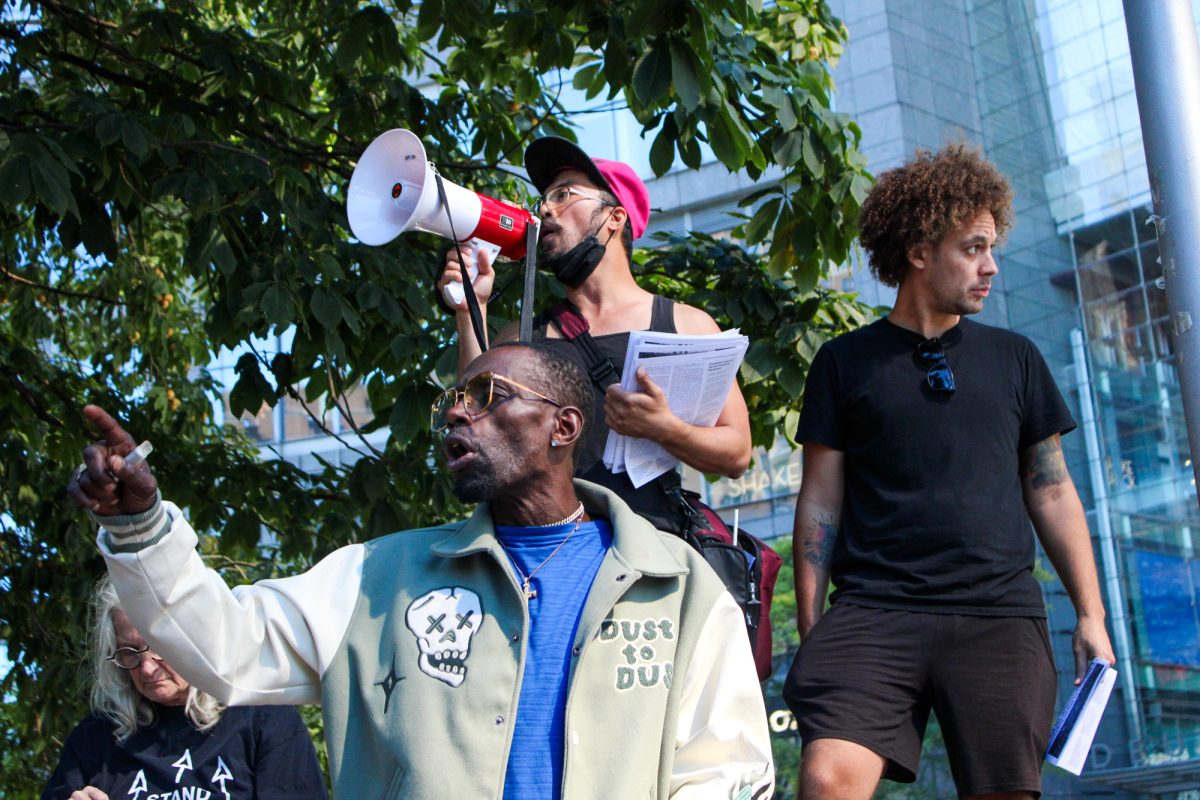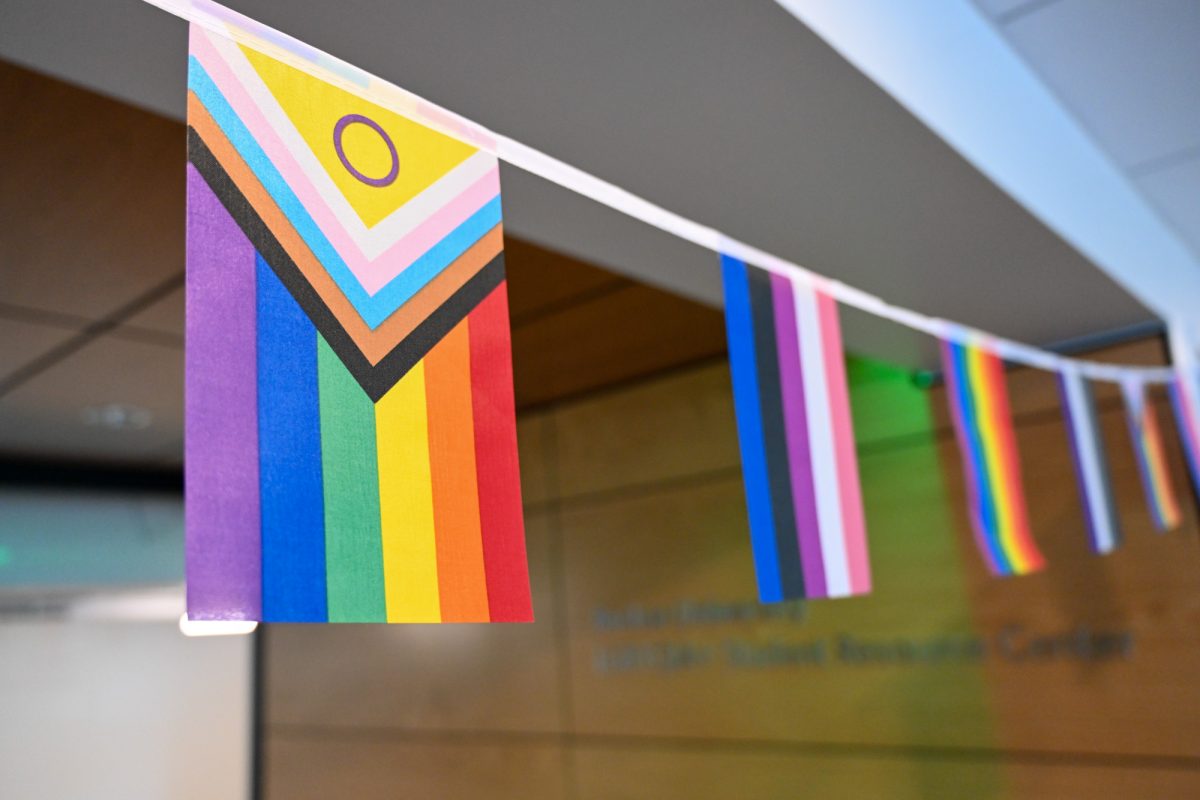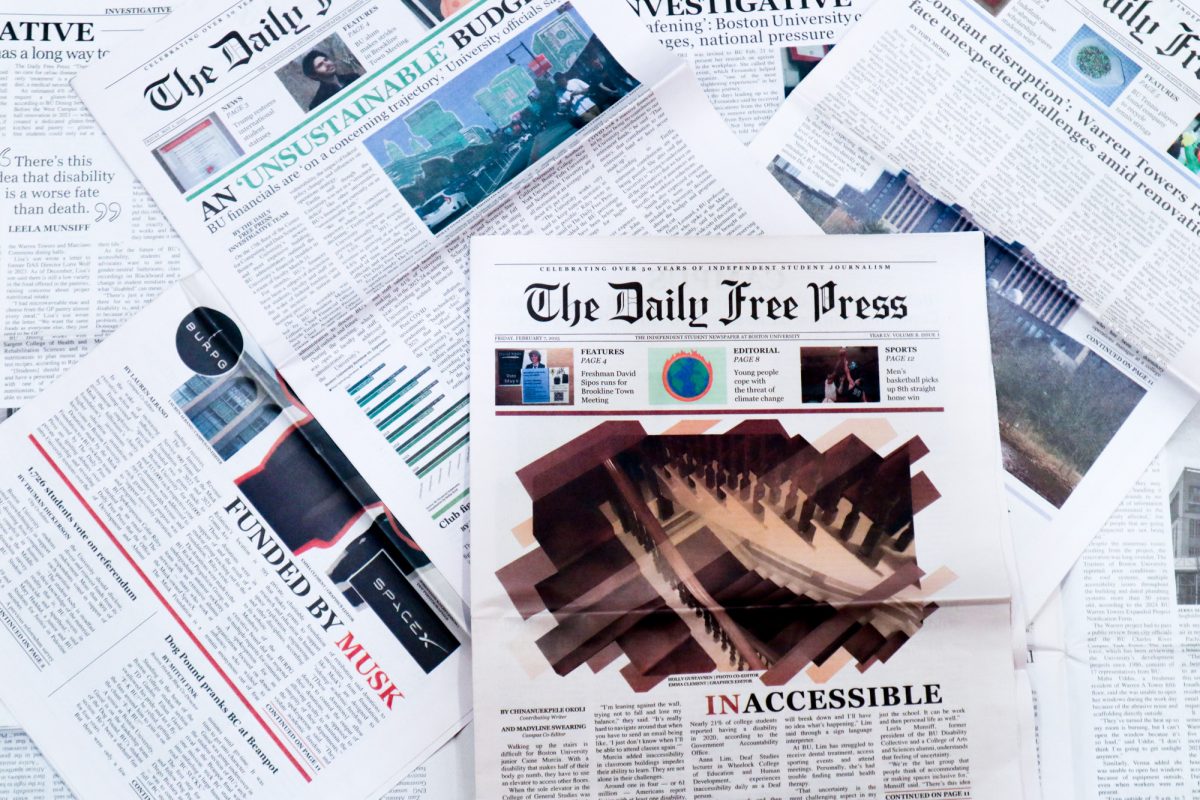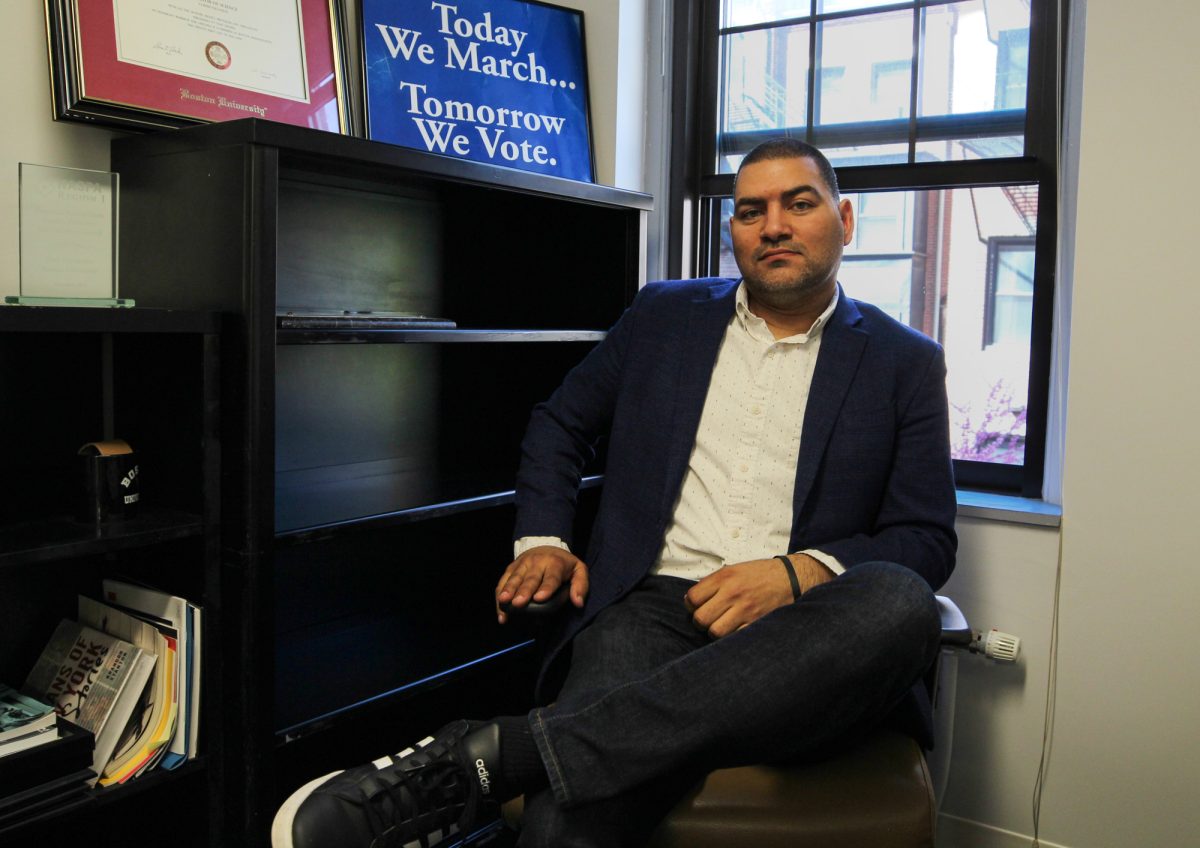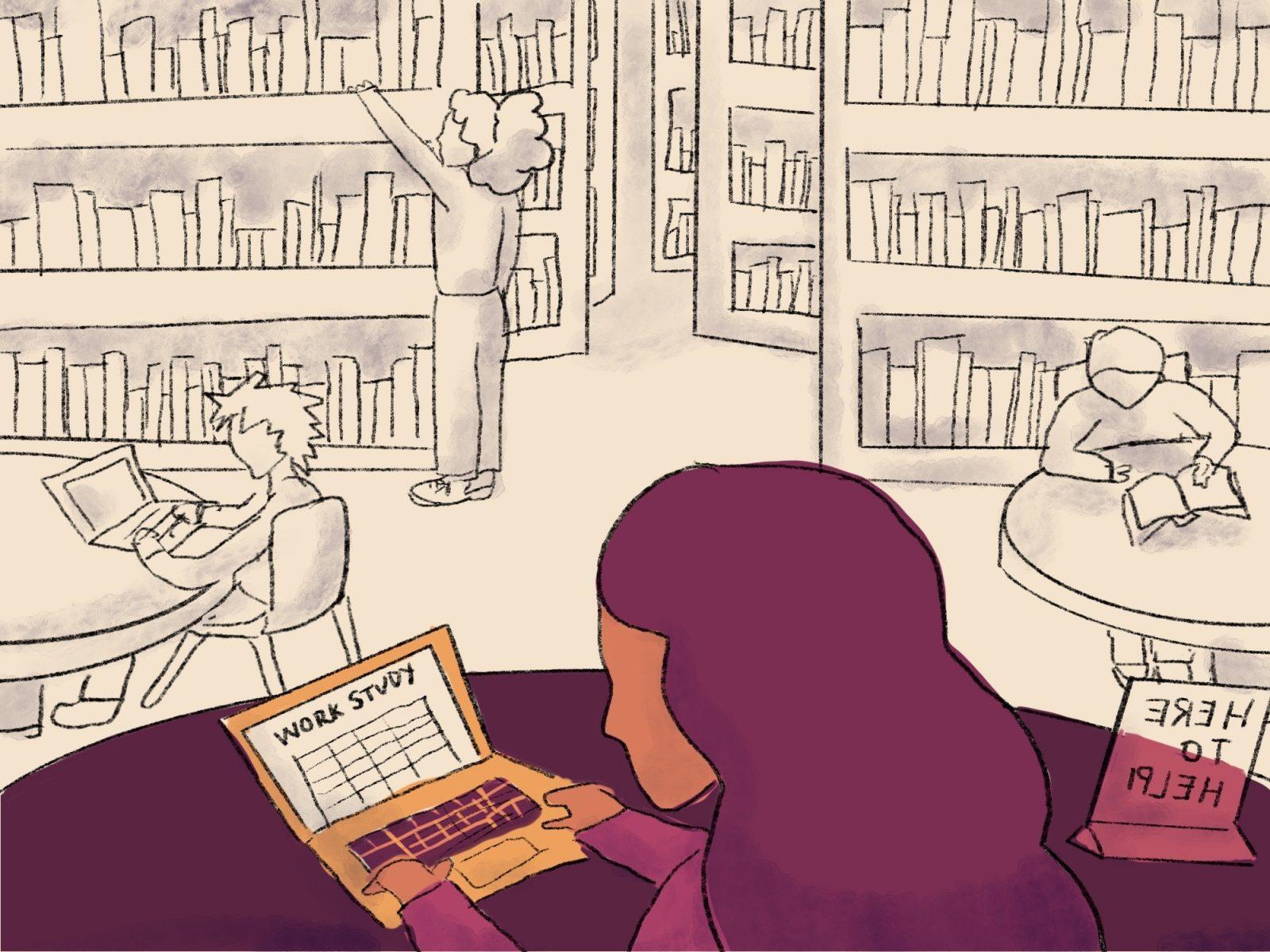680,000.
That is the estimated number of Palestinians murdered by the Israeli state over the past two years, according to a recent calculation by Richard Hil and Gideon Polya based on civilian death rates in other massacres around the world.
$174 billion.
That is how much the United States has sent to the Israeli military in the form of missile defense funding and bilateral assistance over the past two years, according to a May 2025 report by Congress.
Genocide.
That is what Israel is committing against Palestinians, according to a United Nations commission investigating war crimes in Gaza over the past two years.
Two staggering figures. One word.
But it’s a word that technically cannot be printed here.
According to the AP Stylebook — the rulebook for journalistic editing and formatting adopted by most news outlets — all events in Gaza must be referred to as a part of the “Israel-Hamas war,” regardless of the UN’s ruling. Much of the world has reckoned with the genocide, but we still cannot print it.
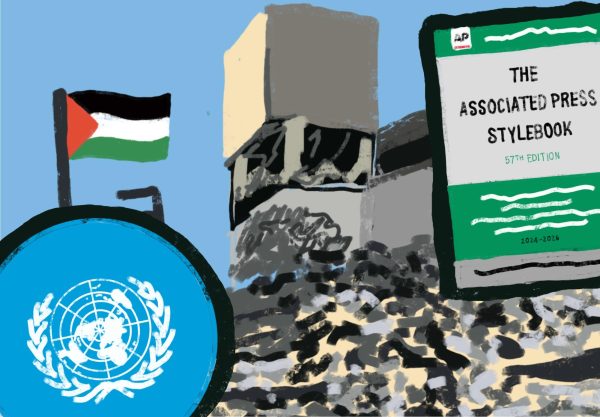
For over a year, journalists and public-facing figures alike feared this word as indicative of a specific moral worldview or political alignment. But now, this word has been legally adjudicated by an international governing body, and it still is not classified as valid by the body that dictates objective journalistic rhetoric.
In an industry that is supposedly the arbiter of public information, integrity is king. But what is the point of that integrity if it is incongruent with our moral compass? Do we allow the plight of absolute neutrality to stunt the integrity of our humanity?
Despite this industry-wide emphasis on objectivity, there are some issues that have always risen above into a realm of definitive moral clarity.
Collective moral understanding exists evaluating historical atrocities, murder and other violent crimes and public health guidance. These issues may all be up for debate in the public sphere, but the media landscape seems to adopt a definitive moral stance on each — even if this mindset is technically incompatible with true journalistic neutrality.
There is always room for exceptions. And there should be — even a discipline grounded in objectivity knows that it cannot legitimize the debate of certain topics.
But by obfuscating these barriers of moral certainty, we do not just dictate the boundaries of opinionated rhetoric. We also legitimize — or delegitimize — the humanity of those living the reality that we have relegated to our semantic debate.
This debate came to a head in 2020, when, following a police officer’s killing of George Floyd, the media industry faced a widespread racial reckoning that re-evaluated the biases inherent in journalistic standards.
This reckoning ruffled the feathers of much of the established reporting world, which New Yorker contributor Masha Gessen characterized in a 2020 column as an argument “that everything should be subject to debate, that the sphere of legitimate controversy ought to be boundless.”
“Part of the bedrock of this argument is the absolute belief in the value of debate unto itself,” Gessen wrote. “This is where the spectre of totalitarianism appears.”
This is not to say that moral judgements made on behalf of public-facing news organizations in the midst of unfolding international events are an easy undertaking. Some journalists within the industry oppose a moral clarity initiative on the basis that honest reporting is advocacy in and of itself.
In a 2020 piece for The Click, writer Dana Givens argued that social causes are best served by neutral portrayal in accordance to traditional standards.
“It is possible to be an advocate for causes important to you without infringing on your ethical code as a journalist as long as you still look to uphold those ethical pillars within your writing and reporting,” Givens wrote.
By avoiding certain words, like “genocide,” that connotate political alignment, journalists adhere to the traditional ethical code and allow for a newspaper to dodge accusations of biased social sympathies. These omissions are therefore a logical editorial choice for a publication seeking to retain its credibility.
But the alternative — the neutral, non-abrasive, “objective” descriptor — is not devoid of politics. It simply upholds the invisible political narrative, the status quo that is always embedded within our language. And this reality, the silent embodiment of a political bias, is the supposed antithesis of objectivity.
What are we to do, then? As the arbiters of the information space, should writers and editors take the lead and make overt moral judgments, discarding approved language in the hopes of curbing further harm? Or should we instead wait for the public to make this call before echoing consensus in our own rhetoric? Should our objective reporting speak for itself as a form of advocacy?
These questions are the crux of the conversation on moral clarity. We can debate the legitimacy of a new moral code in journalism all we want, but these personal hang-ups pale in comparison to the reality they seek to describe.
The Israeli state murdered 10 more Palestinians yesterday. And the world doesn’t hold its breath while we mull over semantics.
This Editorial was written by Opinion Co-Editor Ada Sussman.

